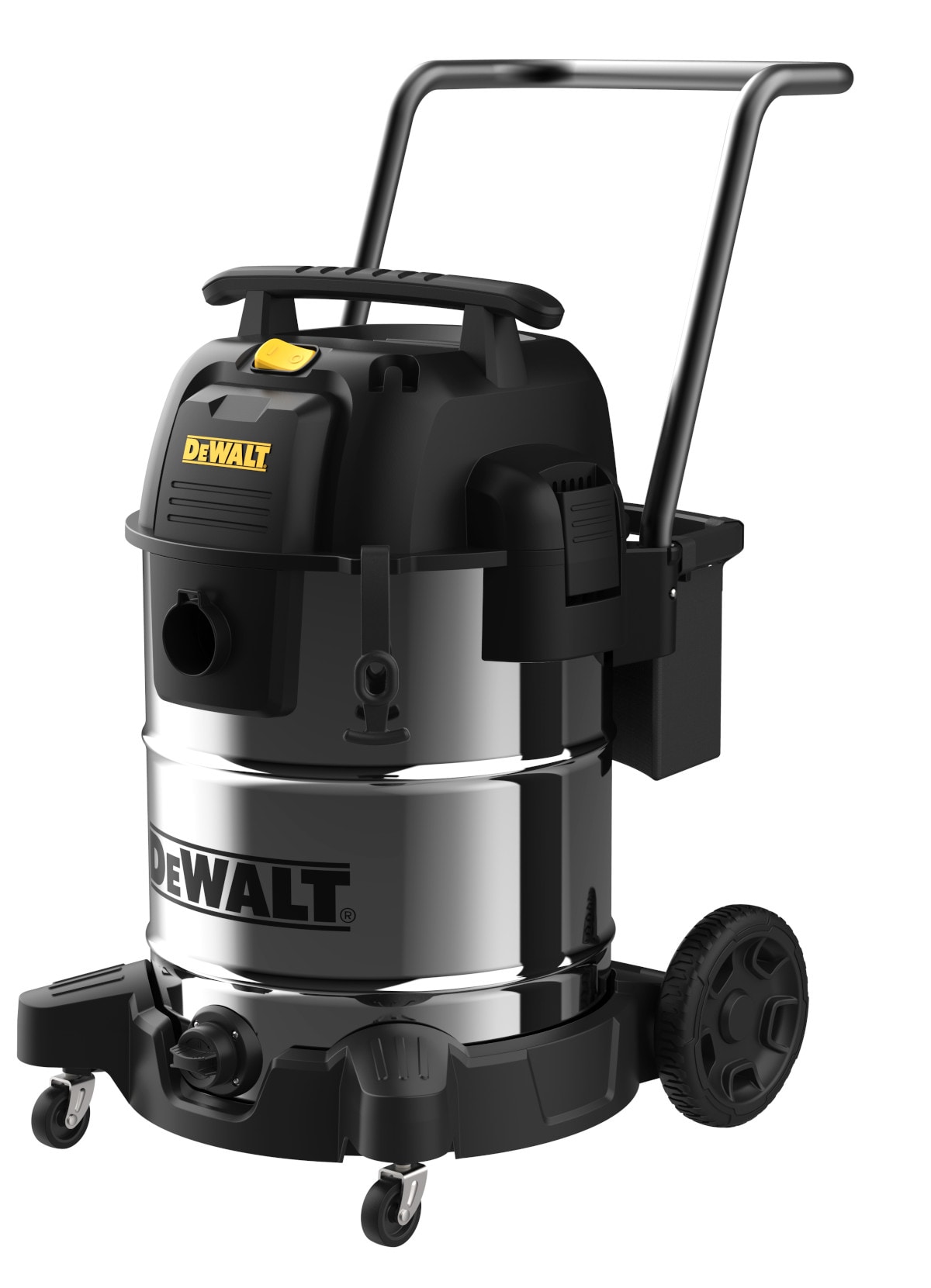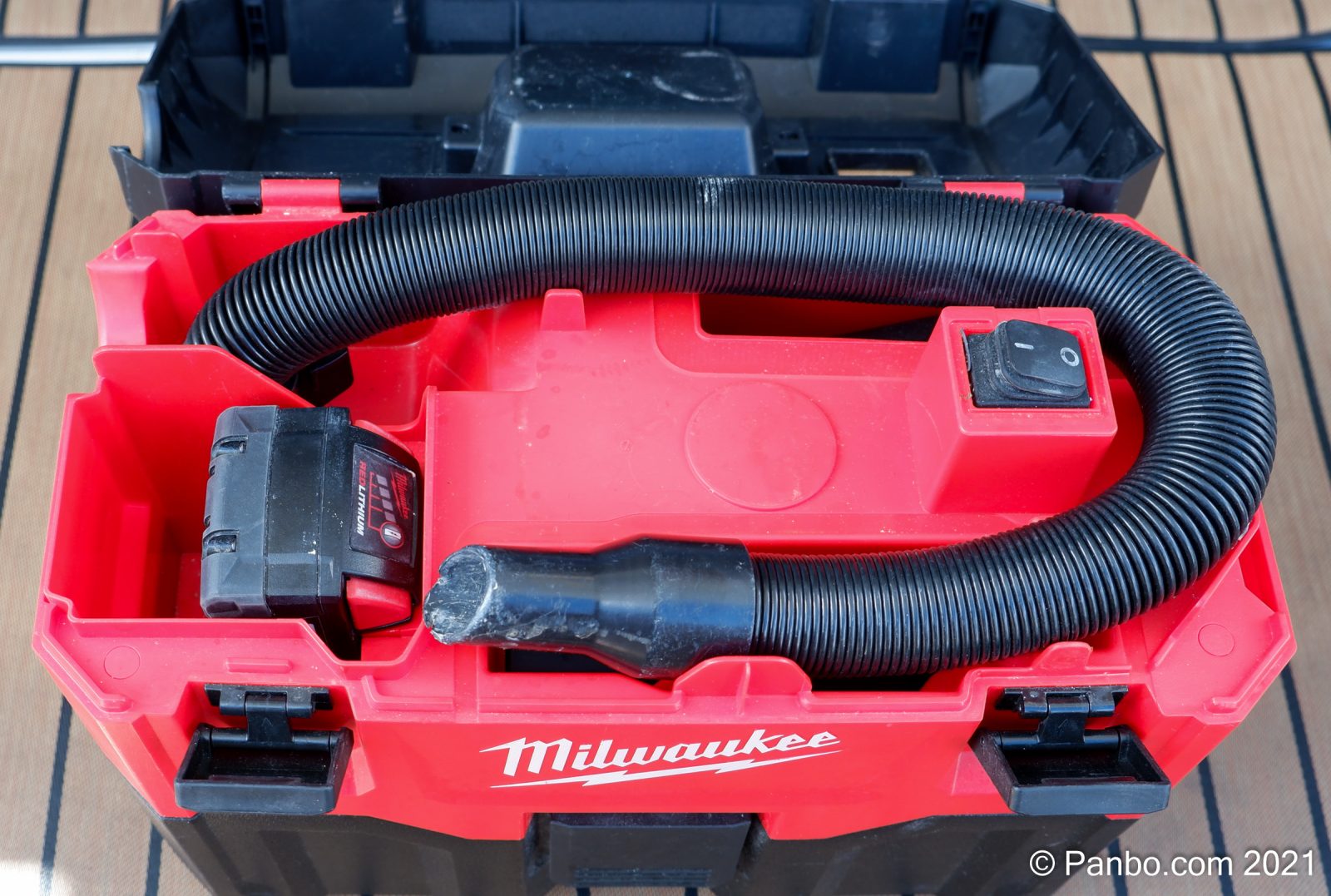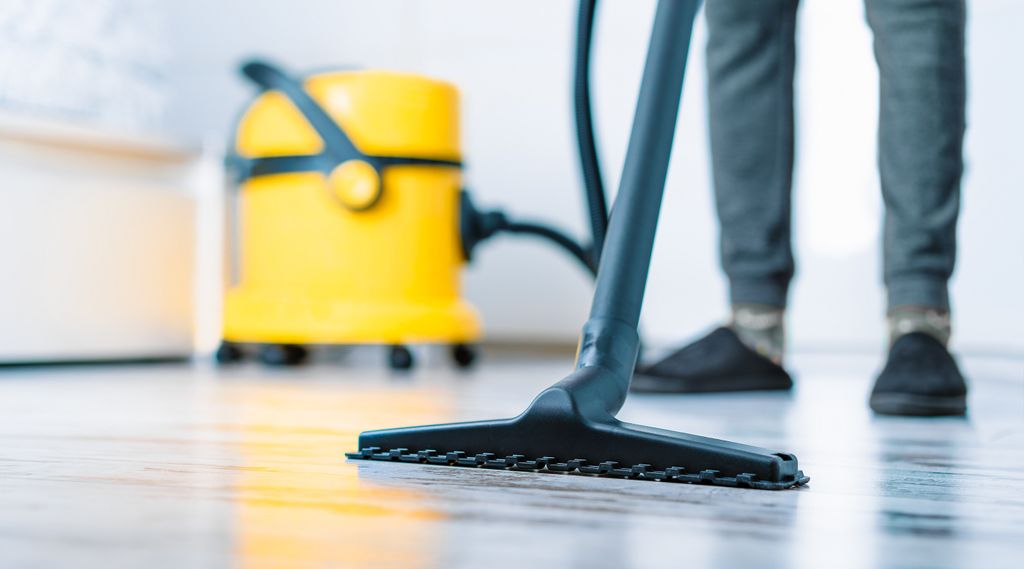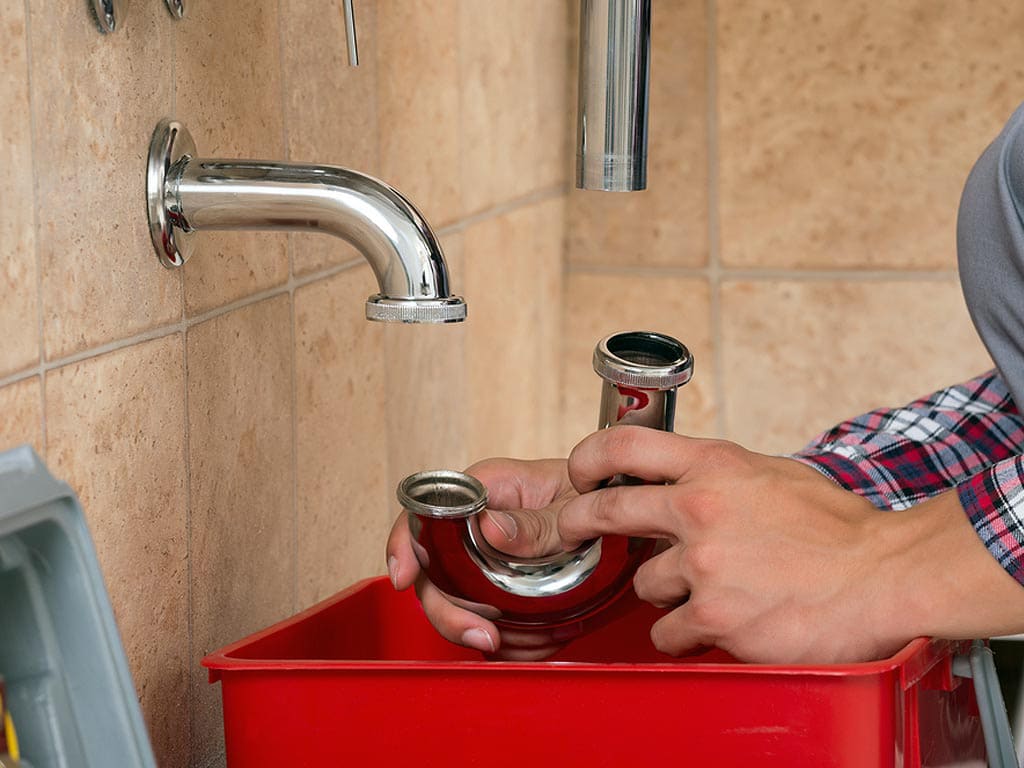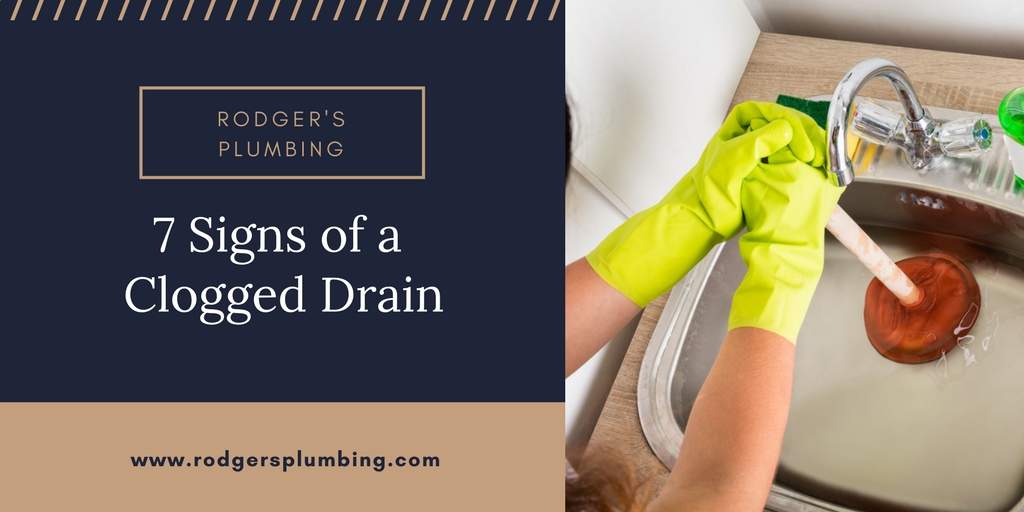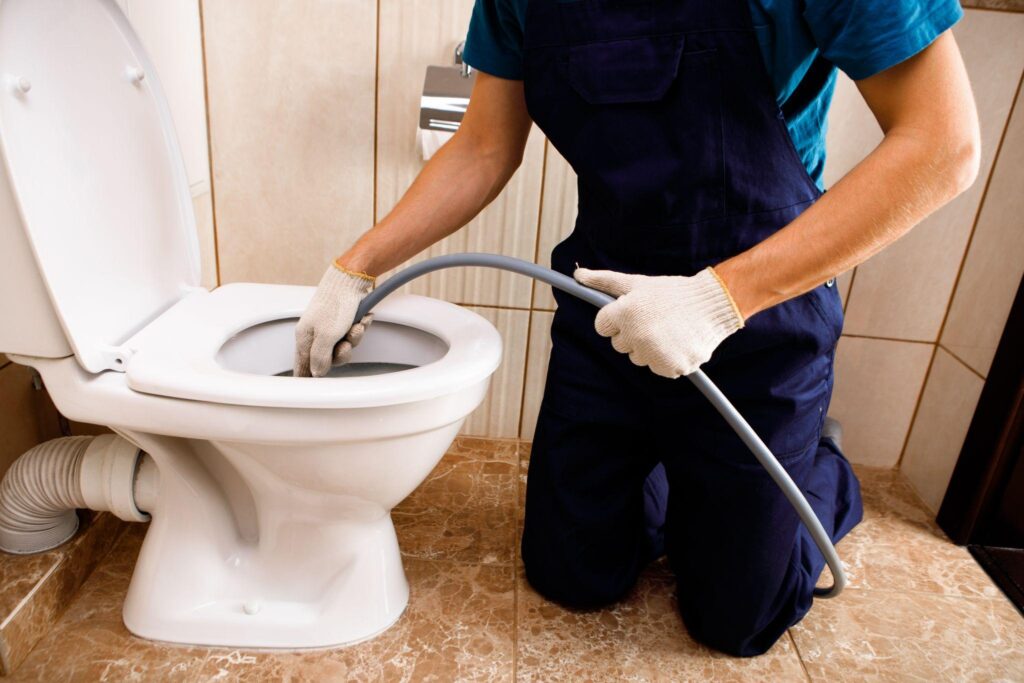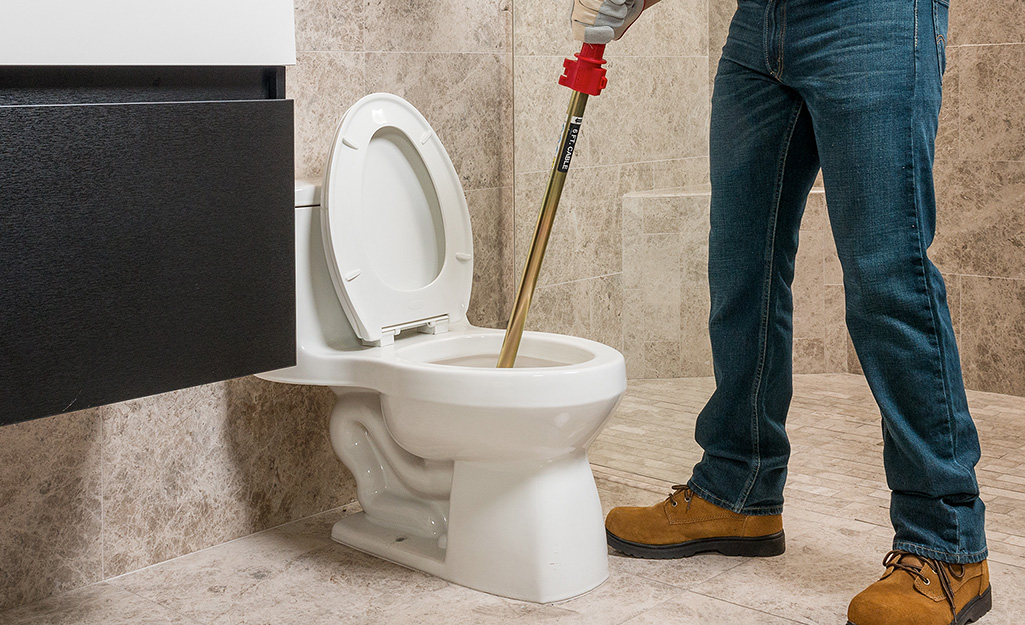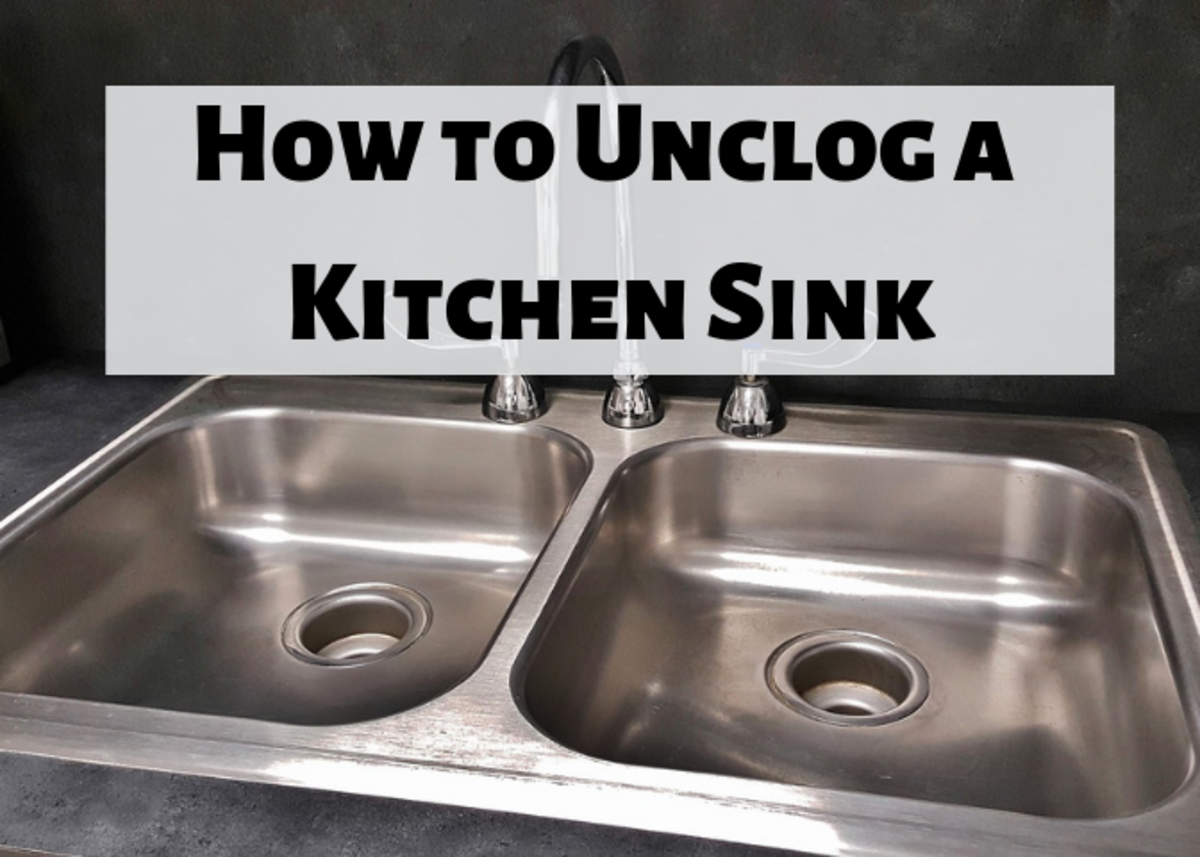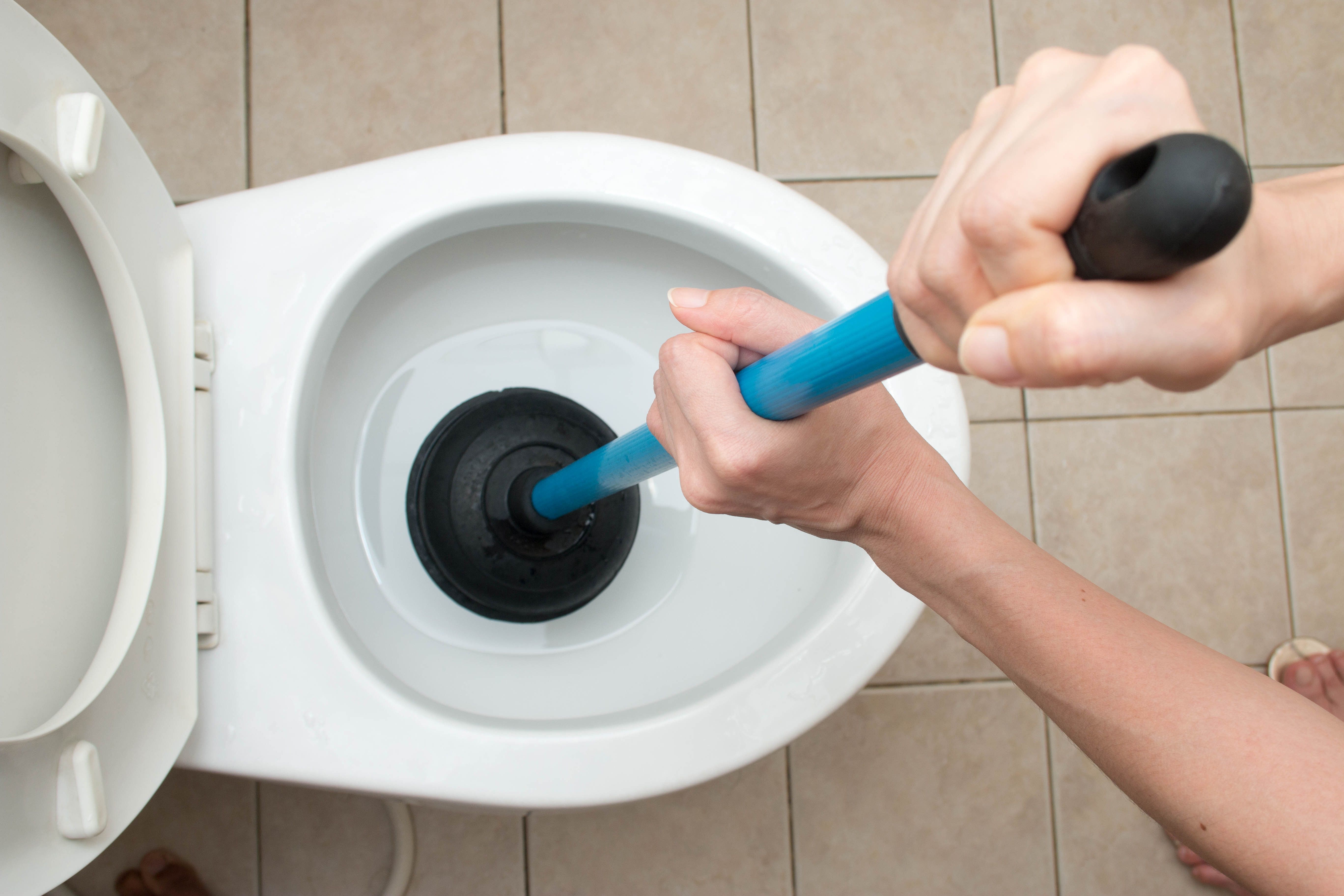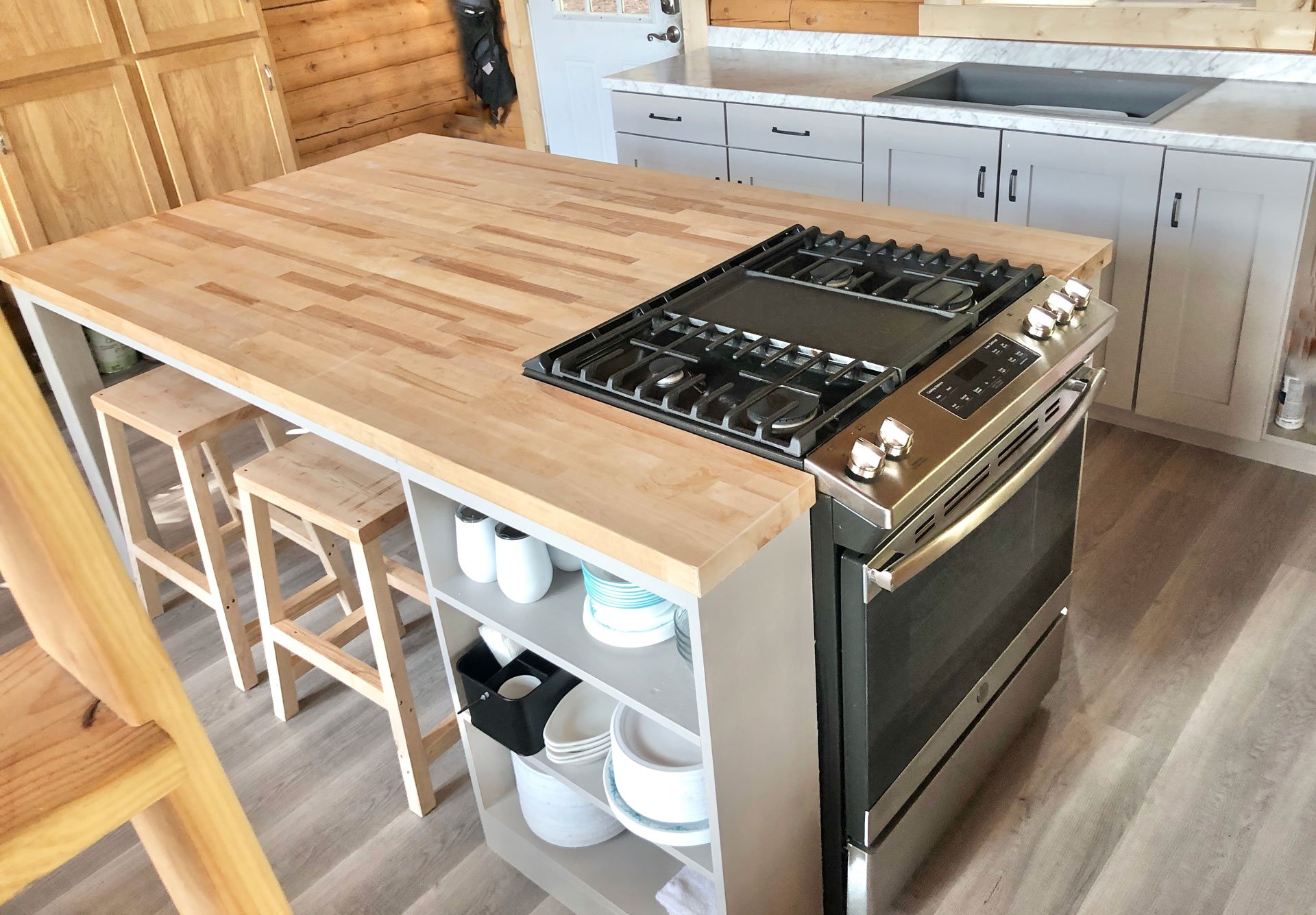If your kitchen sink with disposal is clogged, your first course of action should be to use a plunger. This simple tool can often be effective in dislodging any blockages in your drain. To use a plunger, fill your sink with enough water to cover the rubber part of the plunger. Then, place the plunger over the drain and push up and down vigorously, creating suction that can help dislodge the blockage. This method works best for clogs caused by food particles or debris.1. Use a plunger to unclog the sink
If a plunger doesn't do the trick, you can try using a drain snake to remove any clogs in your kitchen sink with disposal. A drain snake is a long, flexible tool that can reach deep into your drain to break up and remove blockages. To use a drain snake, insert the end with the auger into the drain and twist it while pushing it down. This will help to break up the clog and allow it to be pulled out. You can also use a drain snake to push the clog through the pipes and into the main sewer line.2. Try using a drain snake to remove any blockages
If you suspect that your kitchen sink with disposal is clogged due to a buildup of grease or food particles, you can try pouring boiling water down the drain. The hot water can help to break up and dissolve any grease or debris that may be causing the clog. Be careful when pouring boiling water, as it can cause burns. If you have a plastic or PVC pipe, it's best to use hot water instead of boiling water to avoid damaging the pipes. Repeat this process a few times to completely remove the clog.3. Pour boiling water down the drain to break up any grease or debris
To tackle tough clogs in your kitchen sink with disposal, you can try using a mixture of baking soda and vinegar. Simply pour half a cup of baking soda down the drain, followed by half a cup of vinegar. The mixture will create a foaming reaction that can help to break up and dissolve any clogs. Let the mixture sit for about 15 minutes before pouring hot water down the drain to flush out the clog.4. Use a mixture of baking soda and vinegar to dissolve clogs
If the above methods do not work, you may need to remove the disposal unit to clear any obstructions. First, turn off the power to the disposal and then disconnect it from the sink. Use a flashlight to inspect the inside of the disposal for any visible blockages. You can use tongs or pliers to remove any large objects that may be stuck. Then, use a brush or rag to clean the inside of the disposal. Once cleaned, reattach the disposal and turn the power back on.5. Remove and clean the disposal unit to clear any obstructions
If none of the above methods work, you can try using a commercial drain cleaner specifically designed for kitchen sinks. These cleaners contain powerful chemicals that can dissolve clogs and clear your drain. However, it's important to use caution when using these cleaners, as they can be harmful to your skin and eyes. Be sure to follow the instructions carefully and wear protective gloves and eyewear.6. Use a commercial drain cleaner specifically designed for kitchen sinks
If you have a dishwasher connected to your kitchen sink with disposal, it's possible that the clog may be in the dishwasher connection. Check the connection and remove any visible debris that may be causing the clog. You can also use a plumbing snake to clear any blockages in the connection. Once cleared, run the dishwasher to ensure that the clog has been removed.7. Check the dishwasher connection for any clogs or blockages
If a regular plunger isn't working, you can try using a plunger specifically designed for kitchen sinks with disposals. These plungers have a flange that fits over the drain and creates a better seal, increasing the suction power. This can be especially useful if the clog is deep in the pipes and requires more force to remove.8. Use a plunger specifically designed for kitchen sinks with disposals
If you have a wet/dry vacuum, you can use it to suck out any debris from your kitchen sink with disposal. Simply remove the filter from the vacuum and cover the end with a cloth or paper towel. Place the covered end over the drain and turn on the vacuum. The suction should be strong enough to remove any debris stuck in your drain.9. Try using a wet/dry vacuum to suck out any debris from the drain
If all else fails, it may be time to call a professional plumber. They have the tools and expertise to tackle even the toughest clogs in your kitchen sink with disposal. Additionally, if you are uncomfortable attempting to unclog the sink yourself, it's best to leave it to the professionals to avoid causing any further damage to your plumbing system. In conclusion, a clogged kitchen sink with disposal can be a frustrating issue to deal with. However, with the right techniques and tools, you can easily unclog your sink and get back to using it without any problems. Try these top 10 methods to unclog your kitchen sink with disposal and say goodbye to clogs for good. Remember to always use caution and safety measures when attempting to unclog your sink to avoid any accidents or injuries.10. Call a professional plumber if the clog persists or if you are uncomfortable attempting to unclog the sink yourself
Why You Should Regularly Unclog Your Kitchen Sink with Disposal

The Importance of Maintaining a Clog-Free Kitchen Sink
 A clogged kitchen sink with a disposal can be a major inconvenience and can disrupt your daily routine. Not only that, but it can also lead to more serious plumbing issues if left untreated. Regularly
unclogging
your kitchen sink with disposal is crucial for maintaining a functional and hygienic kitchen.
A clogged kitchen sink with a disposal can be a major inconvenience and can disrupt your daily routine. Not only that, but it can also lead to more serious plumbing issues if left untreated. Regularly
unclogging
your kitchen sink with disposal is crucial for maintaining a functional and hygienic kitchen.
Preventing Costly Repairs
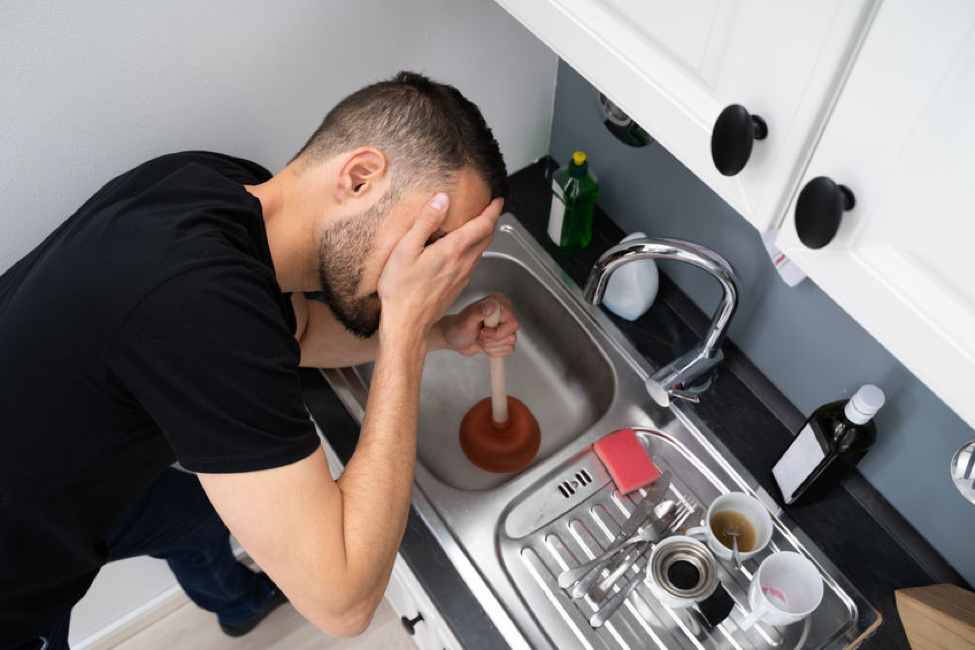 The longer you ignore a clogged kitchen sink, the more damage it can cause to your plumbing system. Over time, food scraps, oil, and other debris can accumulate and cause blockages in your pipes. This can put a strain on your disposal and even lead to leaks or burst pipes.
Unclogging
your kitchen sink with disposal can help prevent these costly repairs and save you from unexpected expenses.
The longer you ignore a clogged kitchen sink, the more damage it can cause to your plumbing system. Over time, food scraps, oil, and other debris can accumulate and cause blockages in your pipes. This can put a strain on your disposal and even lead to leaks or burst pipes.
Unclogging
your kitchen sink with disposal can help prevent these costly repairs and save you from unexpected expenses.
Promoting a Clean and Healthy Environment
 A clogged kitchen sink can be a breeding ground for bacteria and germs. The stagnant water and food particles can create a foul odor and attract pests. This can not only be unpleasant for you and your family but also pose a health risk. Regularly
unclogging
your kitchen sink with disposal can help keep your kitchen clean and hygienic, providing a safe environment for food preparation and cooking.
A clogged kitchen sink can be a breeding ground for bacteria and germs. The stagnant water and food particles can create a foul odor and attract pests. This can not only be unpleasant for you and your family but also pose a health risk. Regularly
unclogging
your kitchen sink with disposal can help keep your kitchen clean and hygienic, providing a safe environment for food preparation and cooking.
Preserving the Lifespan of Your Disposal
 A clogged kitchen sink can put a strain on your disposal, causing it to work harder and potentially leading to malfunctions or breakdowns. By regularly
unclogging
your kitchen sink with disposal, you can prevent excessive wear and tear on your appliance, extending its lifespan and saving you from having to replace it prematurely.
A clogged kitchen sink can put a strain on your disposal, causing it to work harder and potentially leading to malfunctions or breakdowns. By regularly
unclogging
your kitchen sink with disposal, you can prevent excessive wear and tear on your appliance, extending its lifespan and saving you from having to replace it prematurely.
How to Unclog a Kitchen Sink with Disposal
 There are several methods you can try to
unclog
your kitchen sink with disposal. One option is to use a plunger to dislodge the blockage. Another is to pour a mixture of hot water and dish soap down the drain to break up any grease or oil buildup. If these methods don't work, you may need to use a plumbing snake or call a professional for assistance.
In conclusion, regularly
unclogging
your kitchen sink with disposal is crucial for maintaining a functional and hygienic kitchen. It can prevent costly repairs, promote a clean and healthy environment, and preserve the lifespan of your disposal. Remember to take preventive measures and address clogs promptly to avoid any major plumbing issues down the line.
There are several methods you can try to
unclog
your kitchen sink with disposal. One option is to use a plunger to dislodge the blockage. Another is to pour a mixture of hot water and dish soap down the drain to break up any grease or oil buildup. If these methods don't work, you may need to use a plumbing snake or call a professional for assistance.
In conclusion, regularly
unclogging
your kitchen sink with disposal is crucial for maintaining a functional and hygienic kitchen. It can prevent costly repairs, promote a clean and healthy environment, and preserve the lifespan of your disposal. Remember to take preventive measures and address clogs promptly to avoid any major plumbing issues down the line.


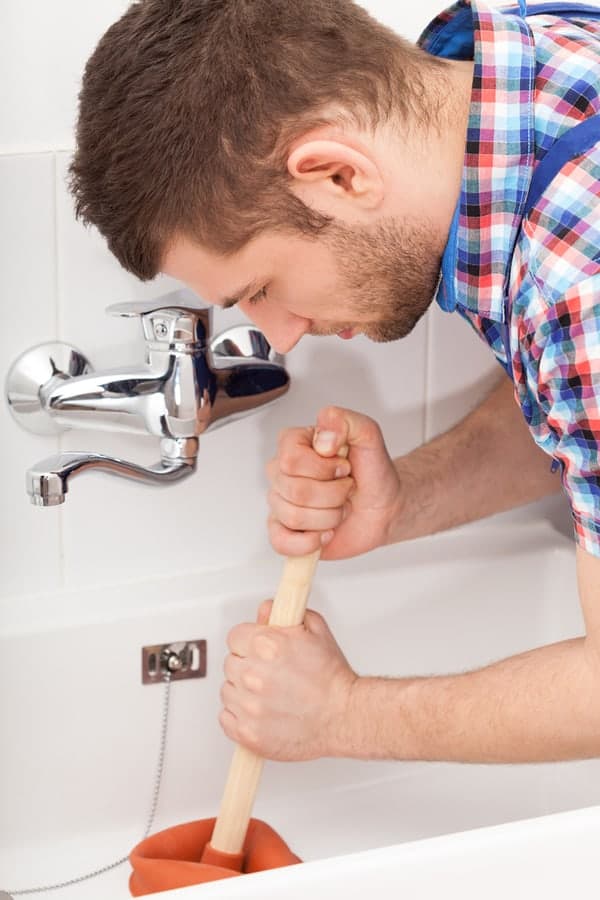
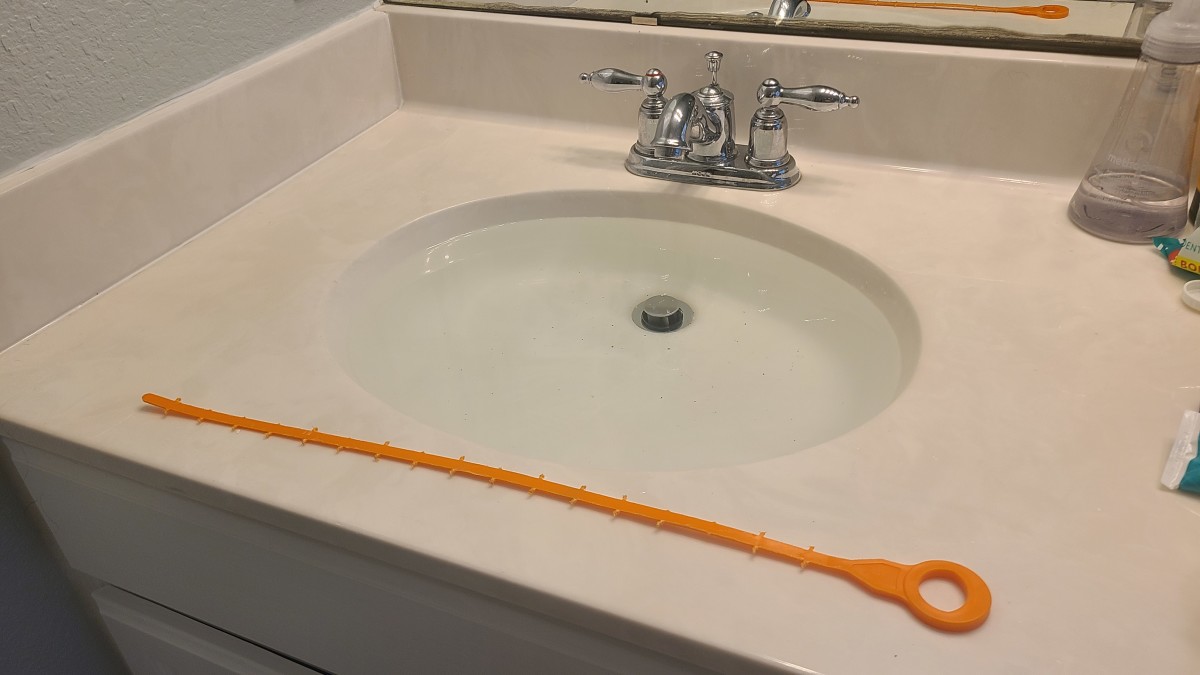

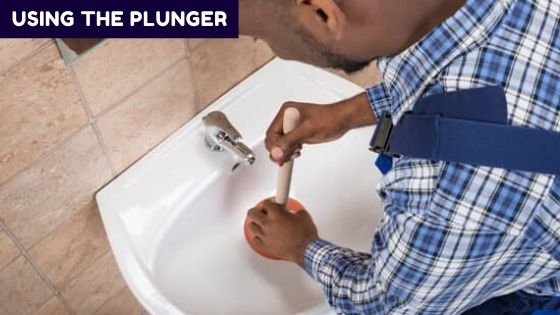
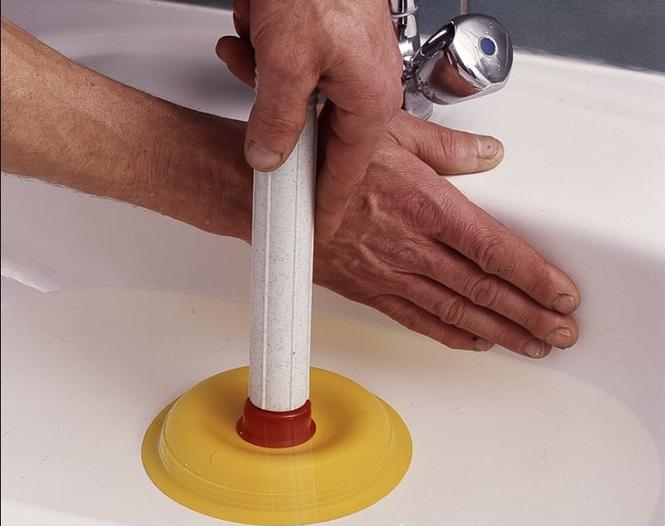
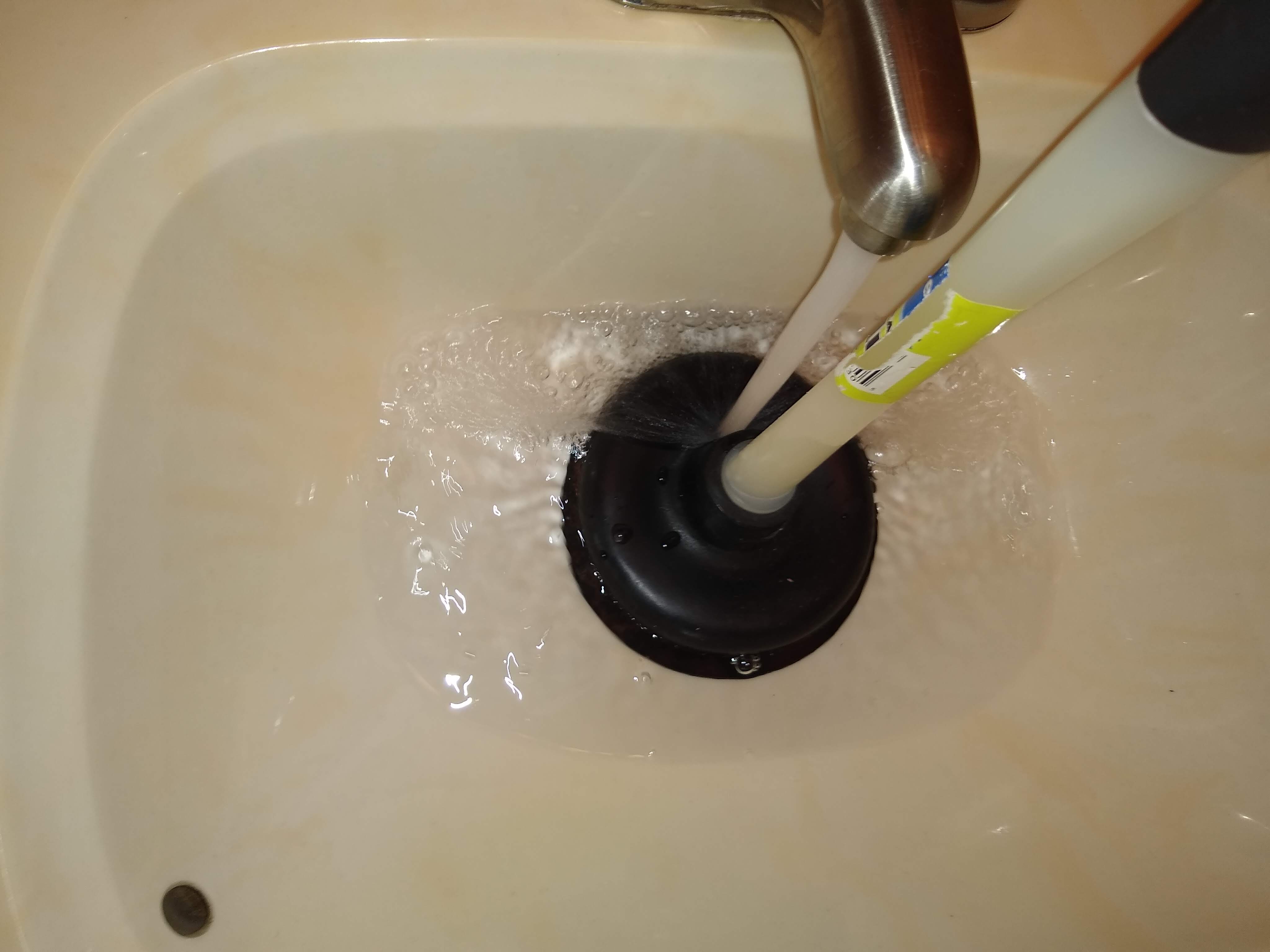


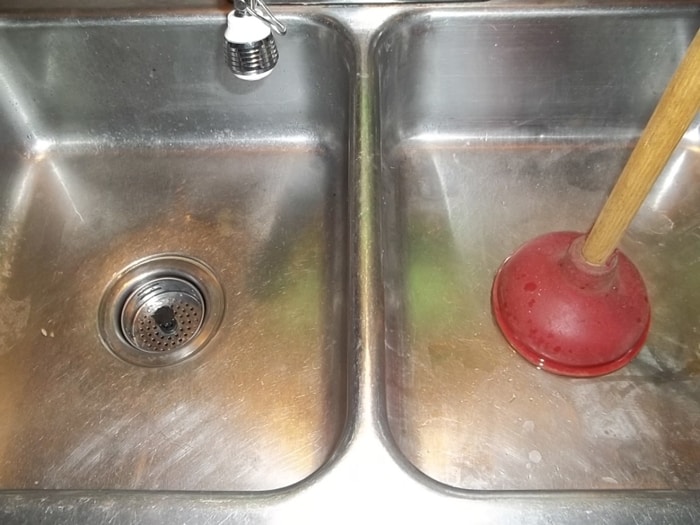


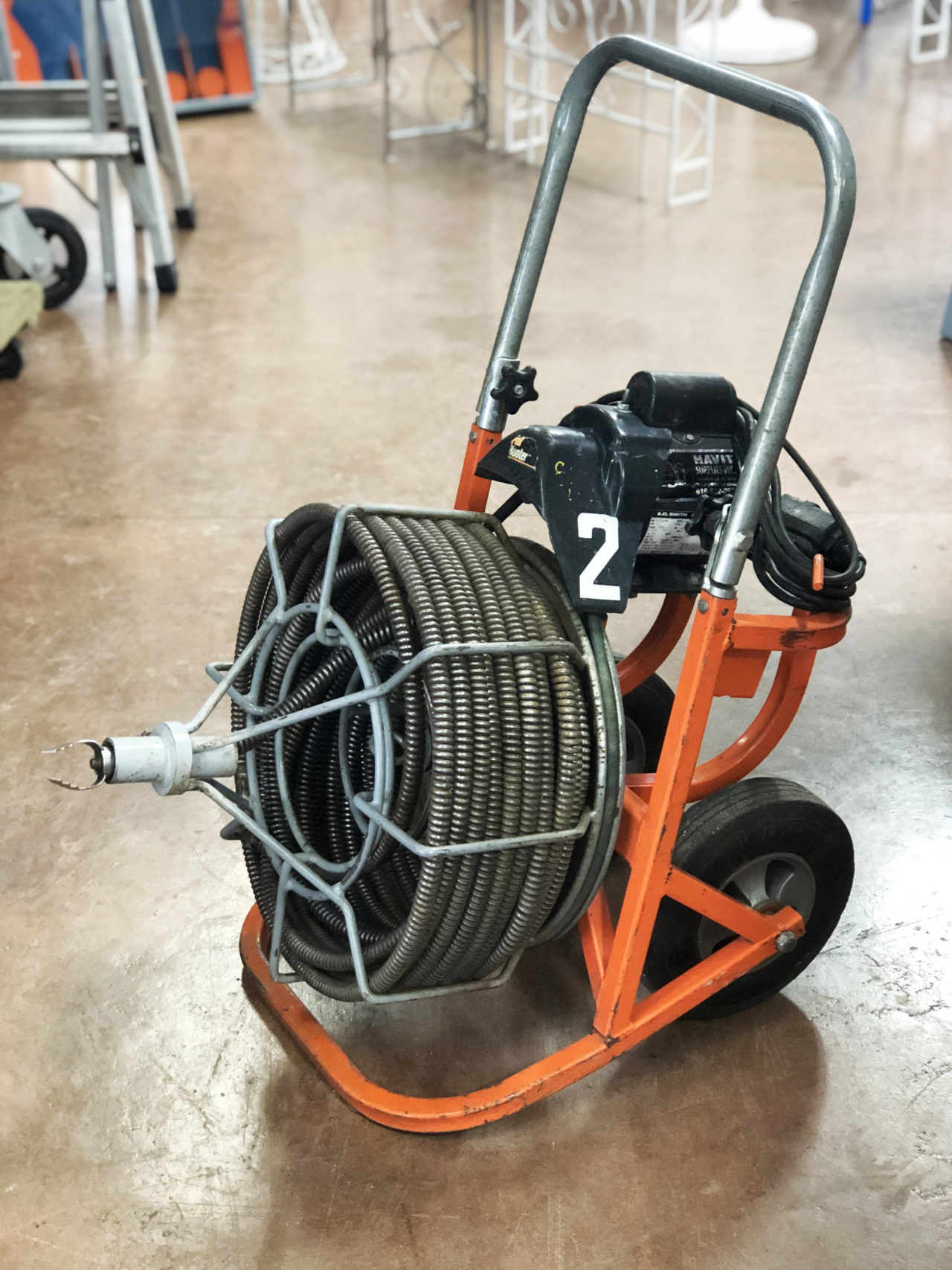


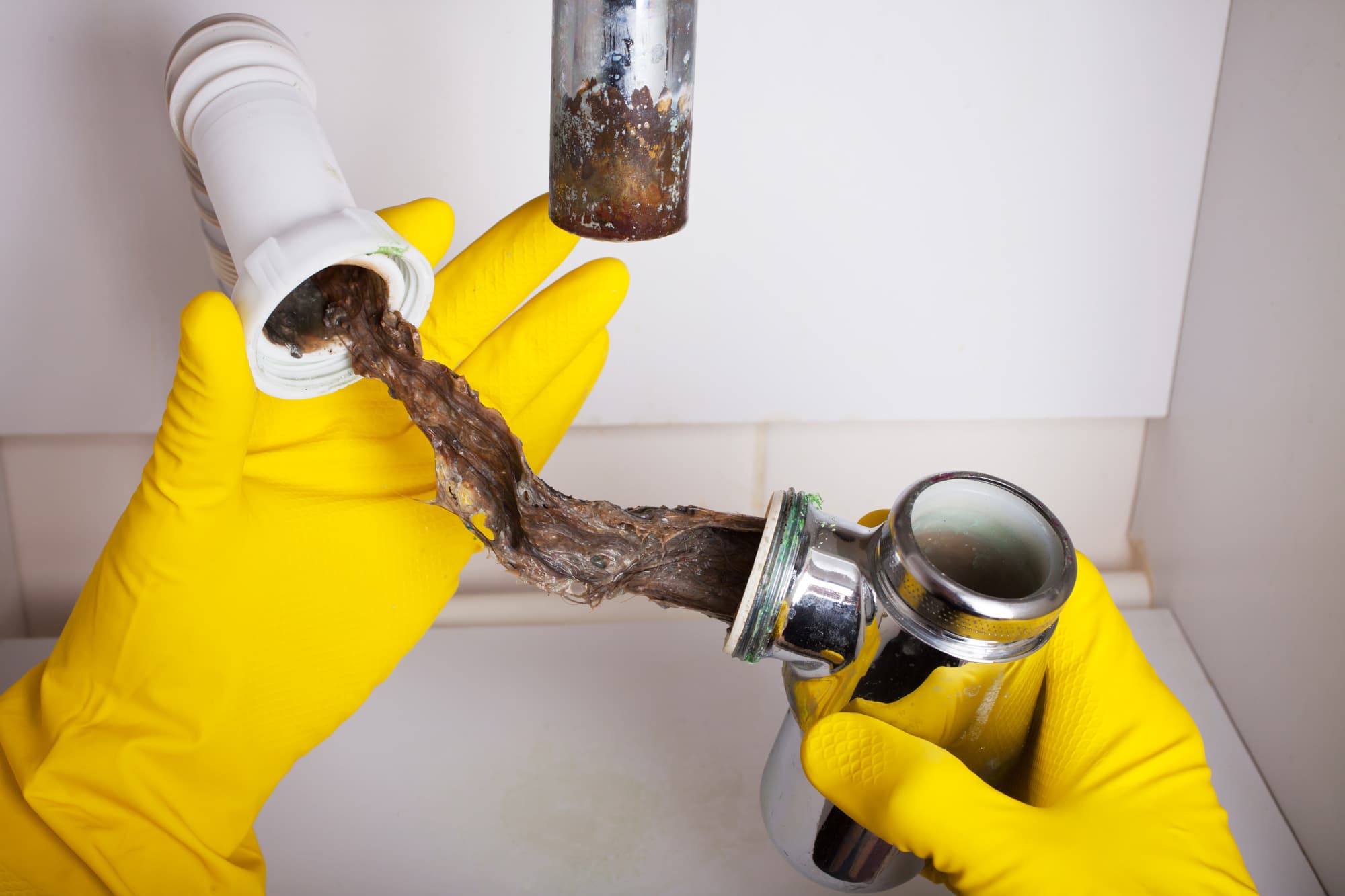
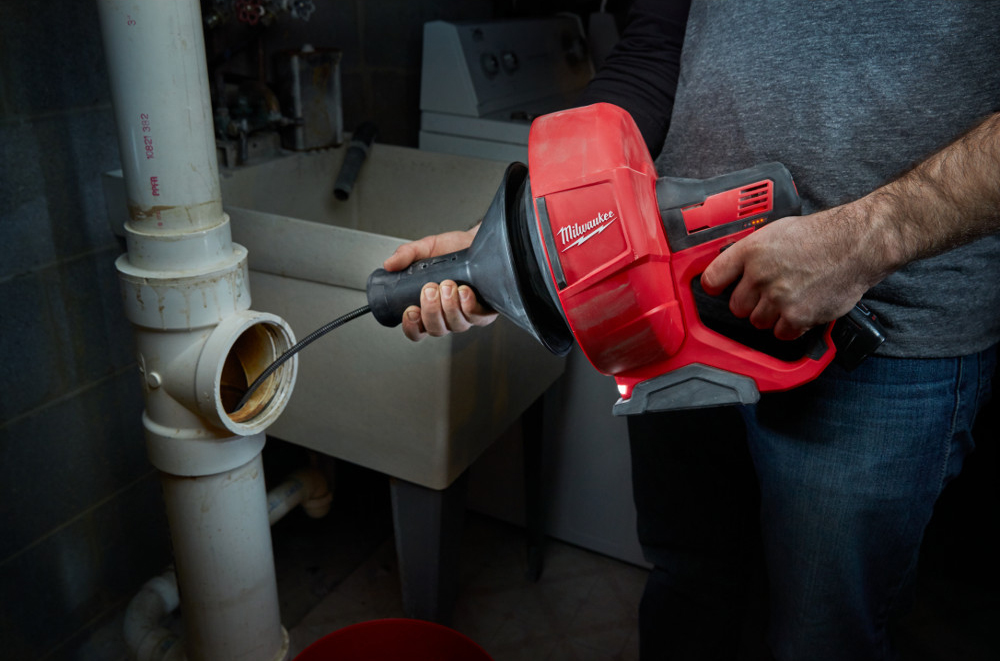


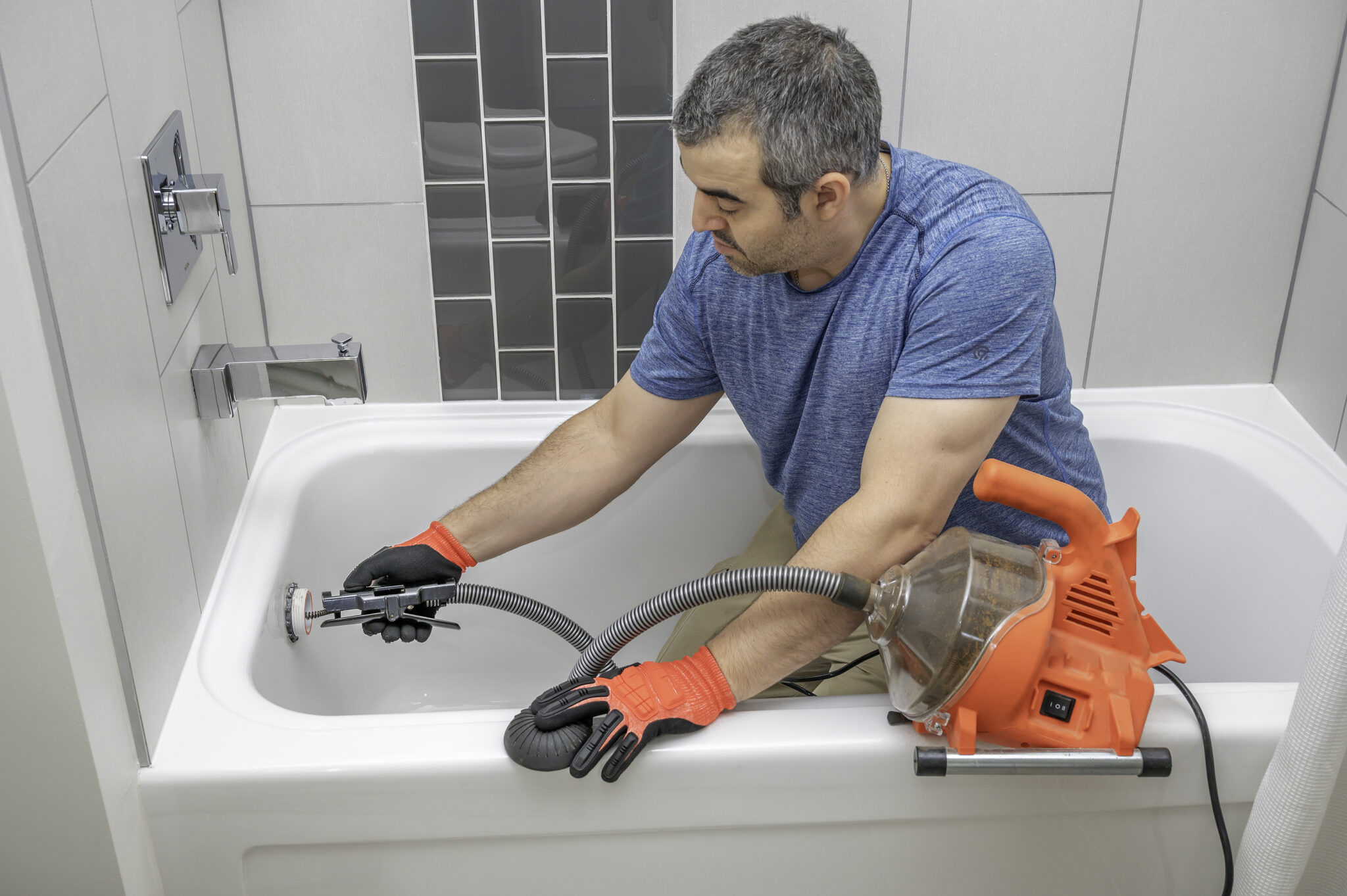


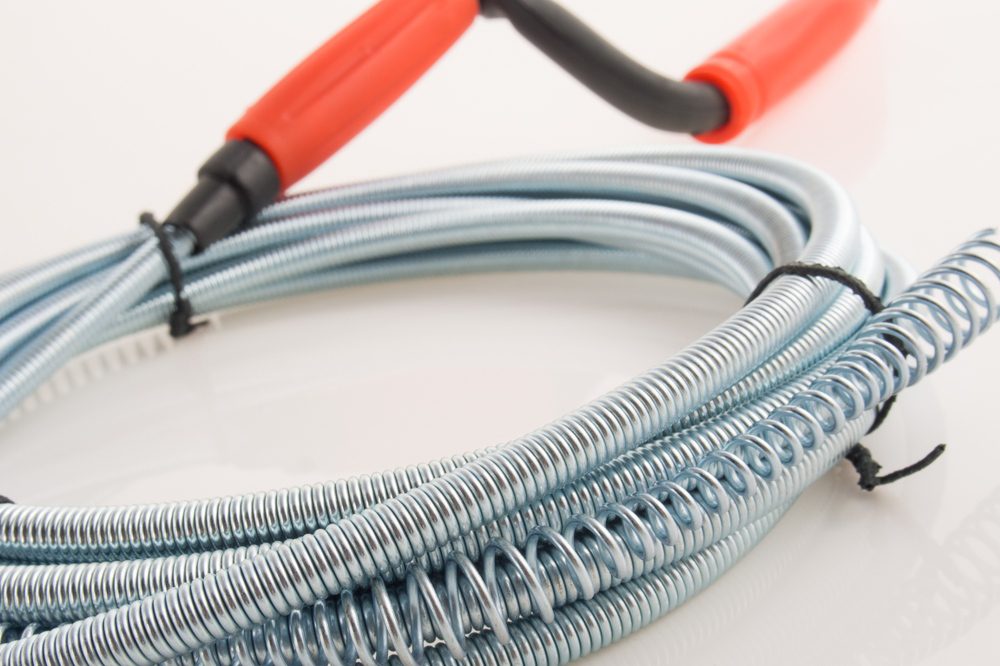

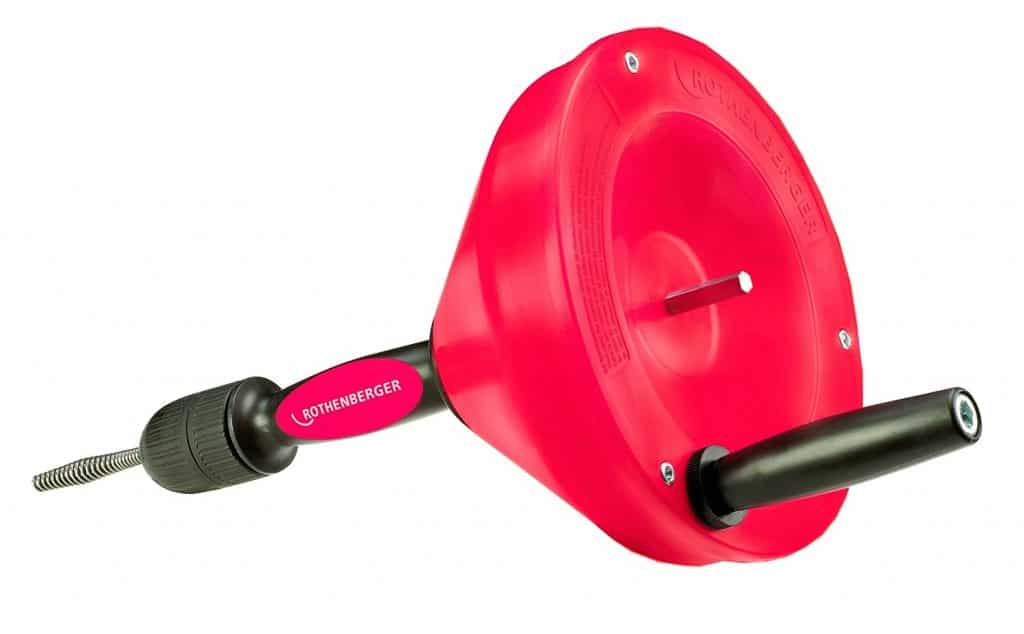


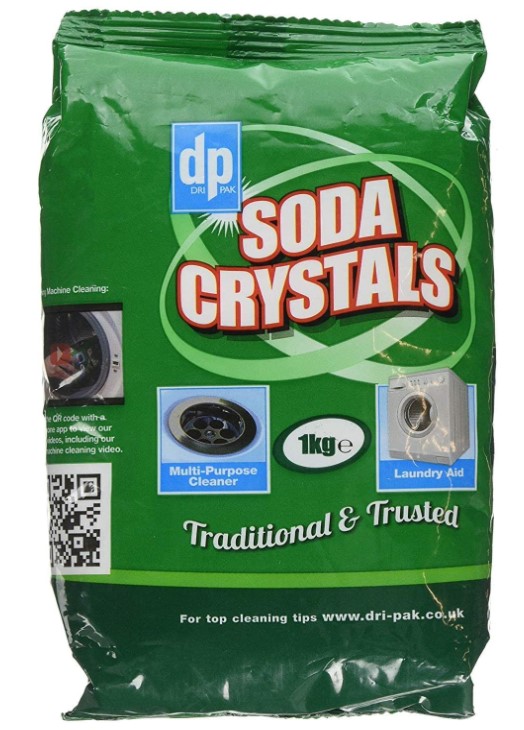


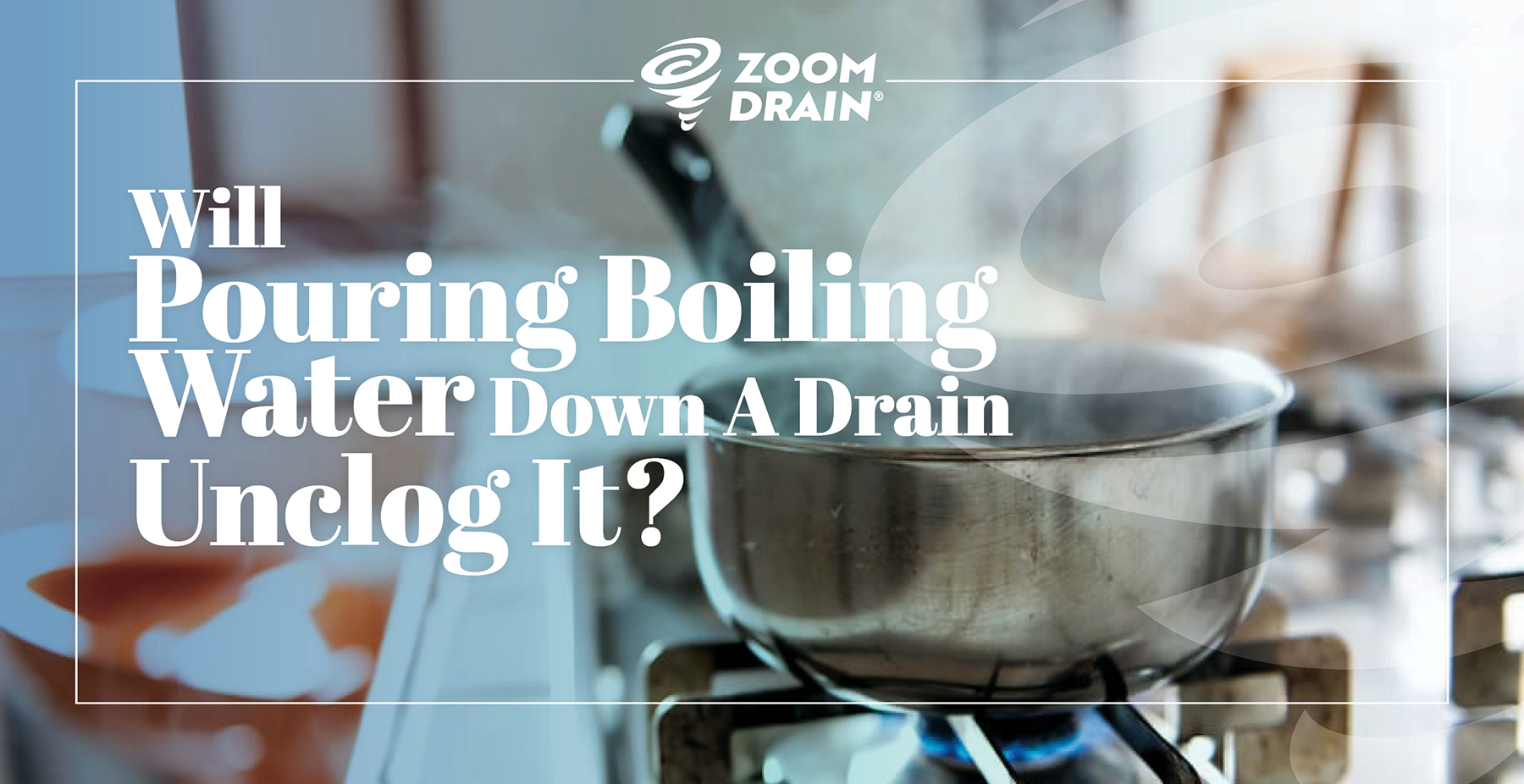

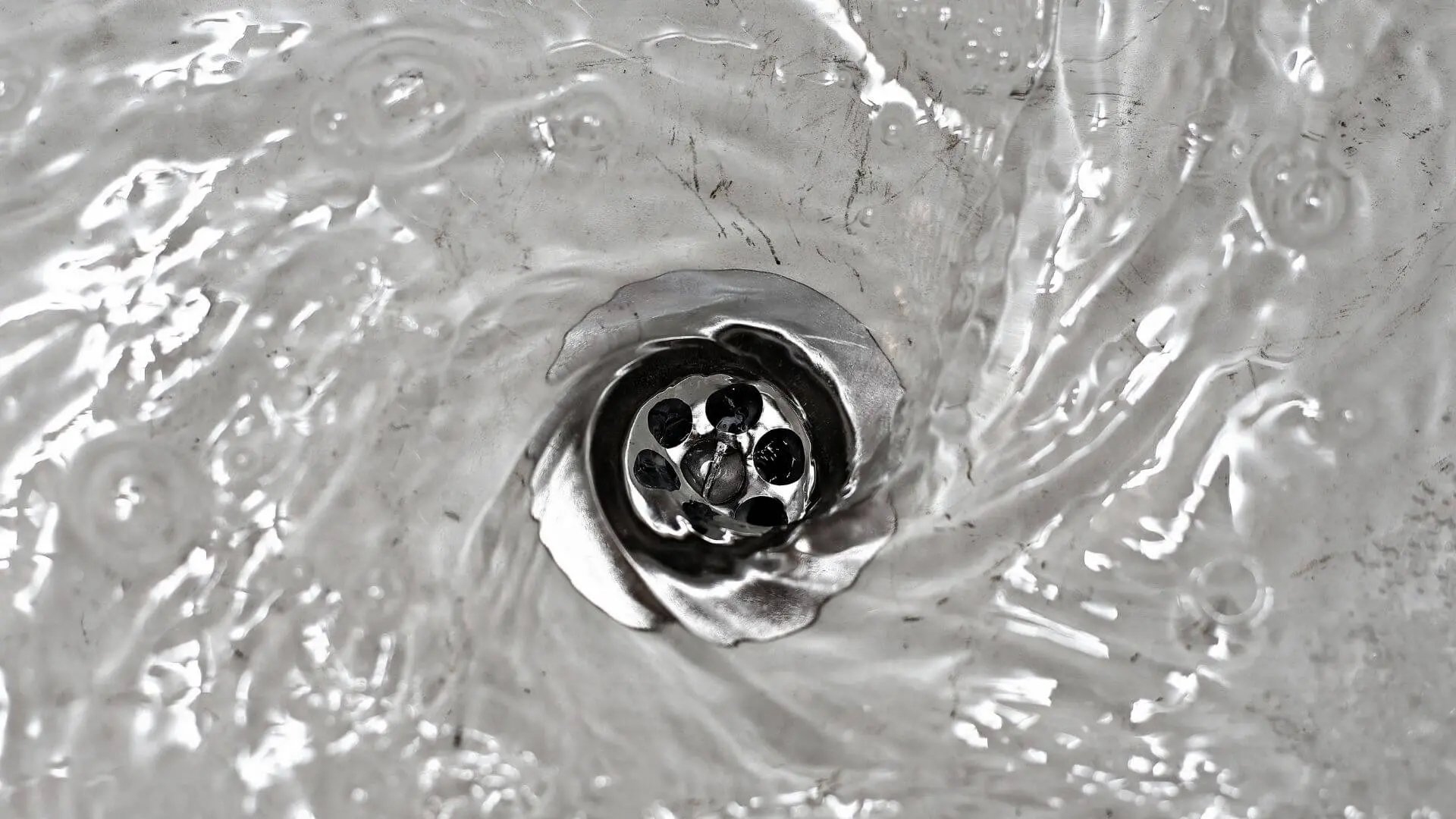
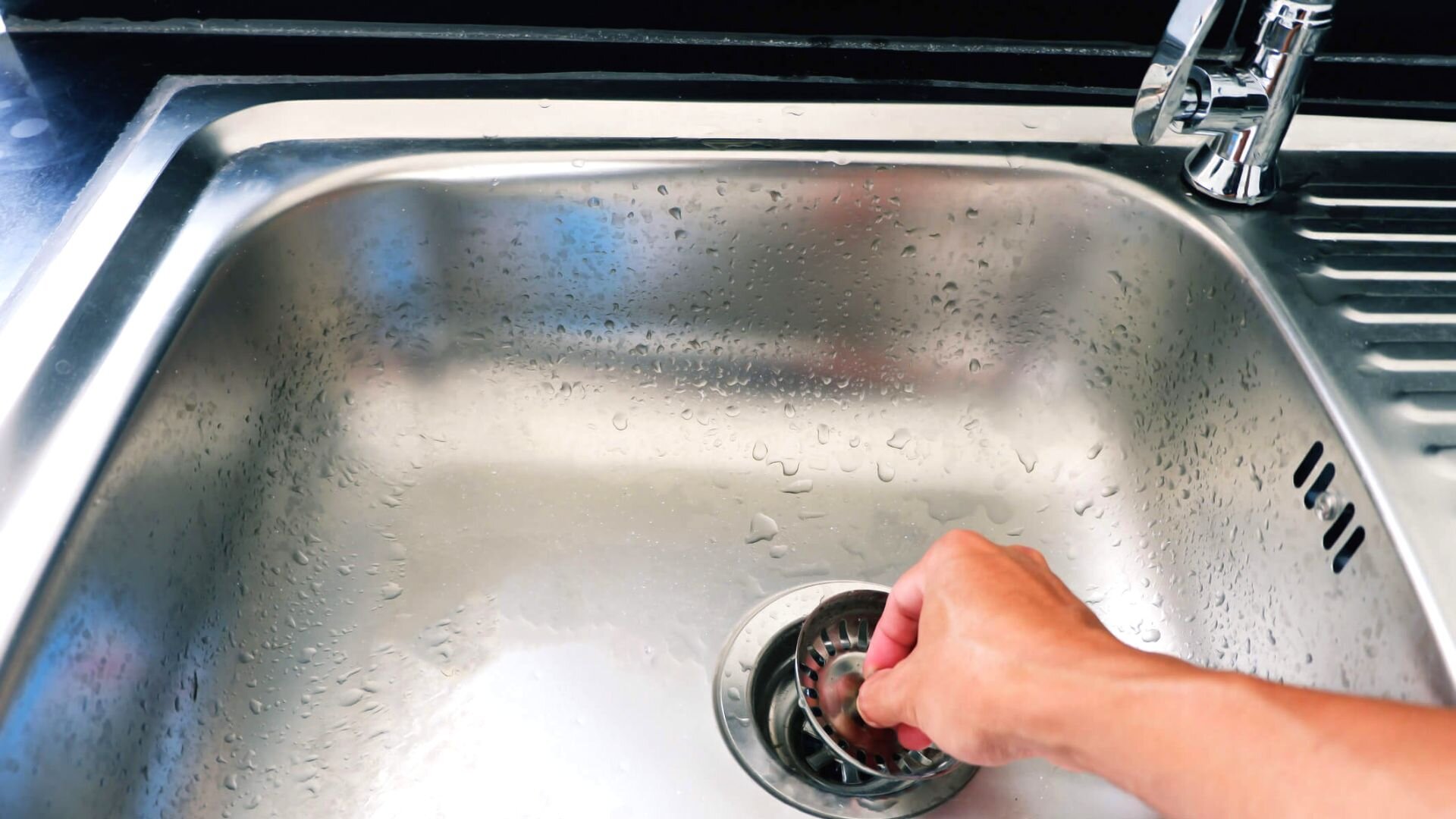

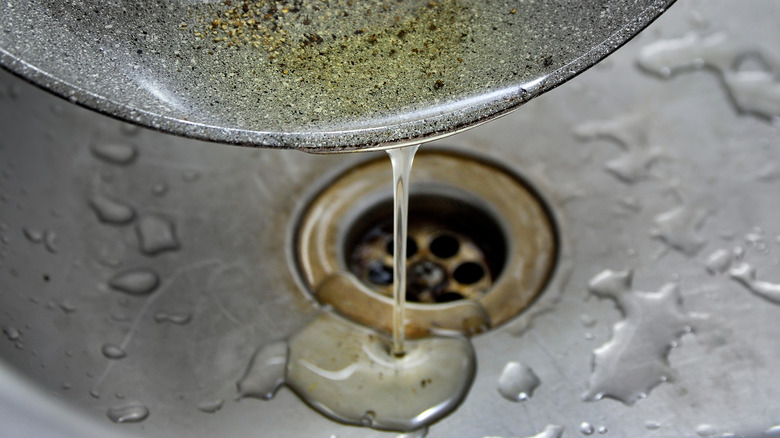
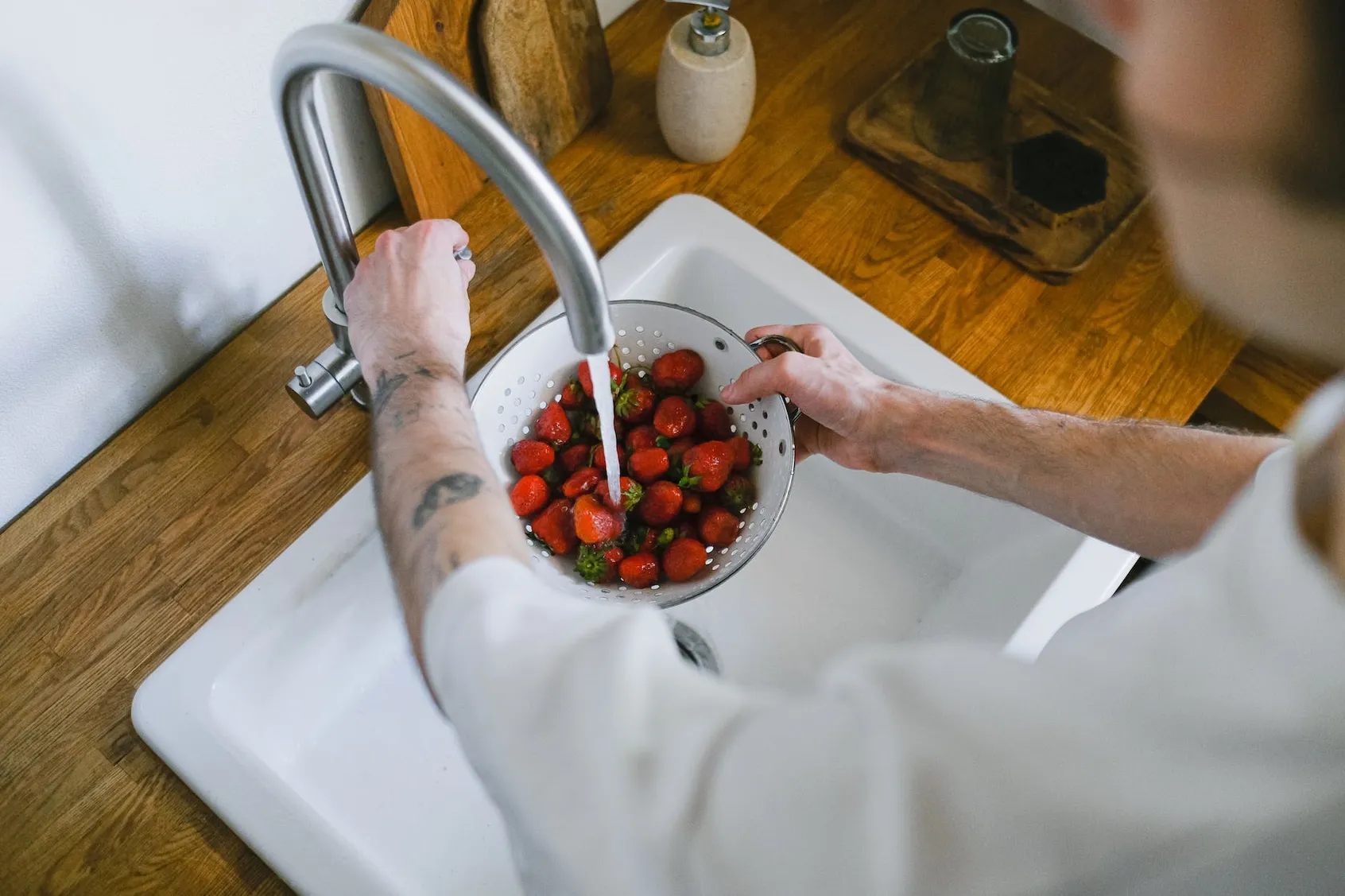
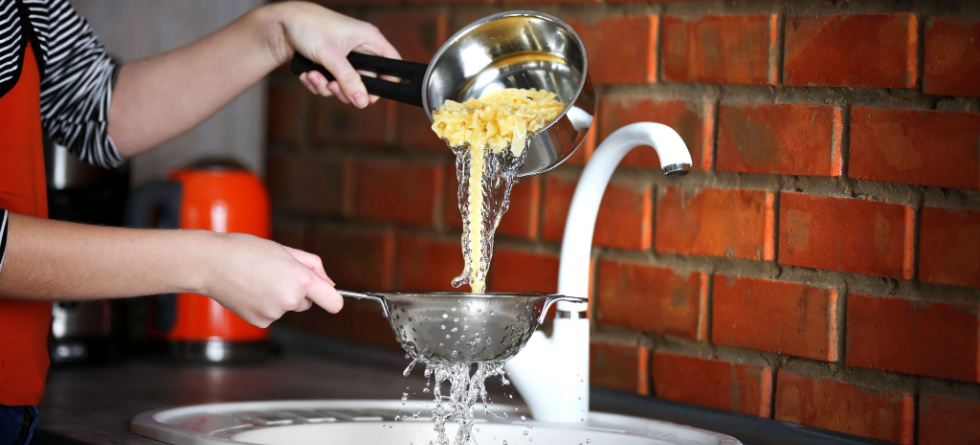



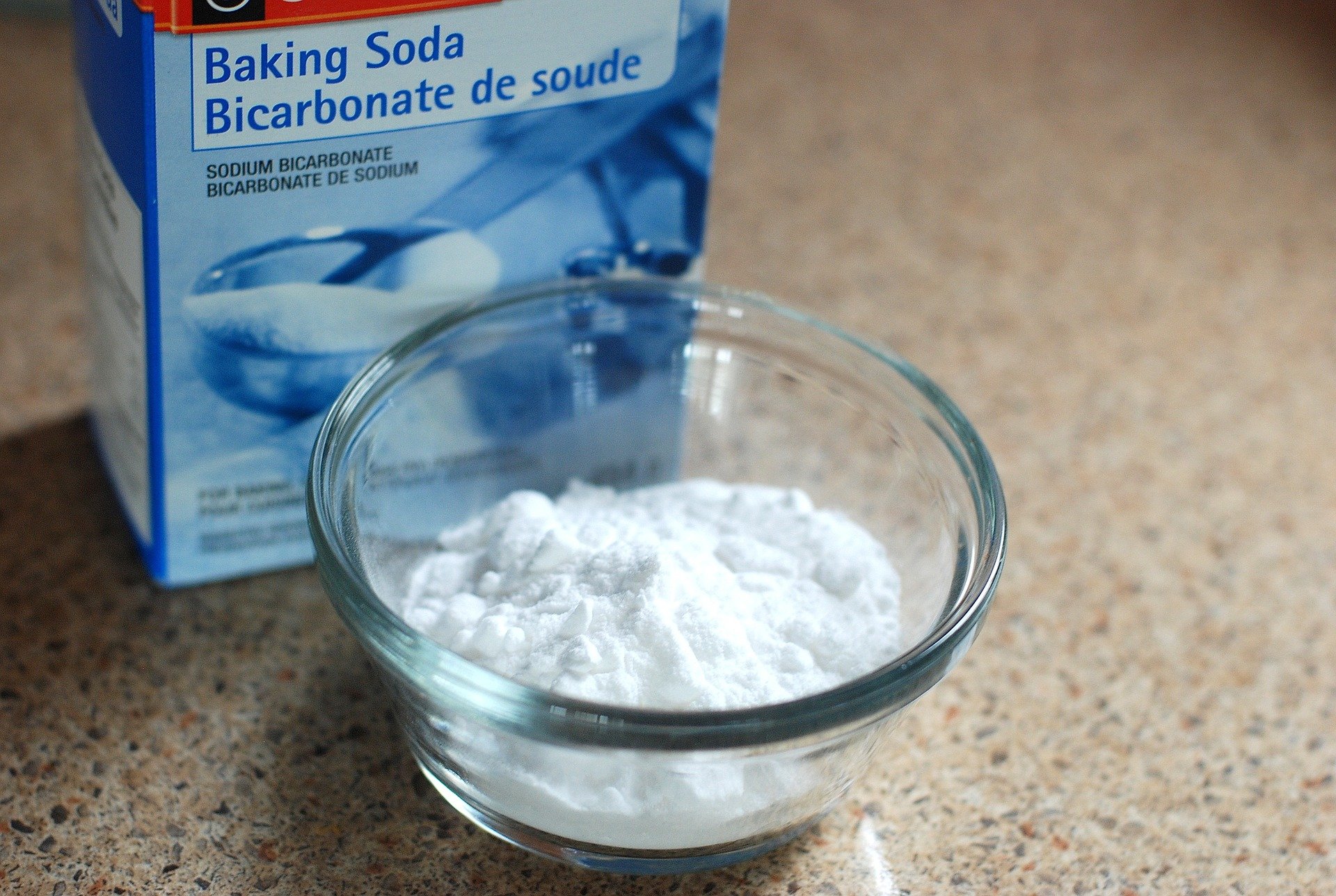






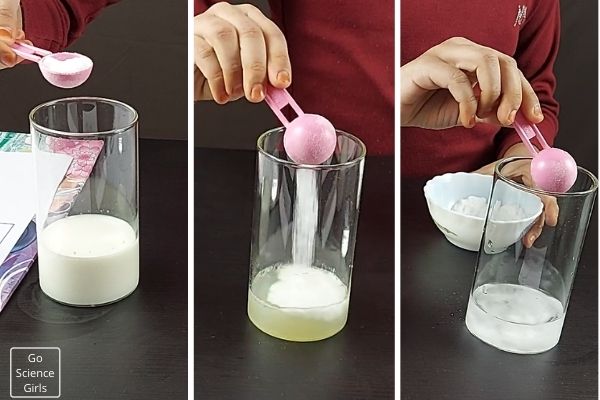
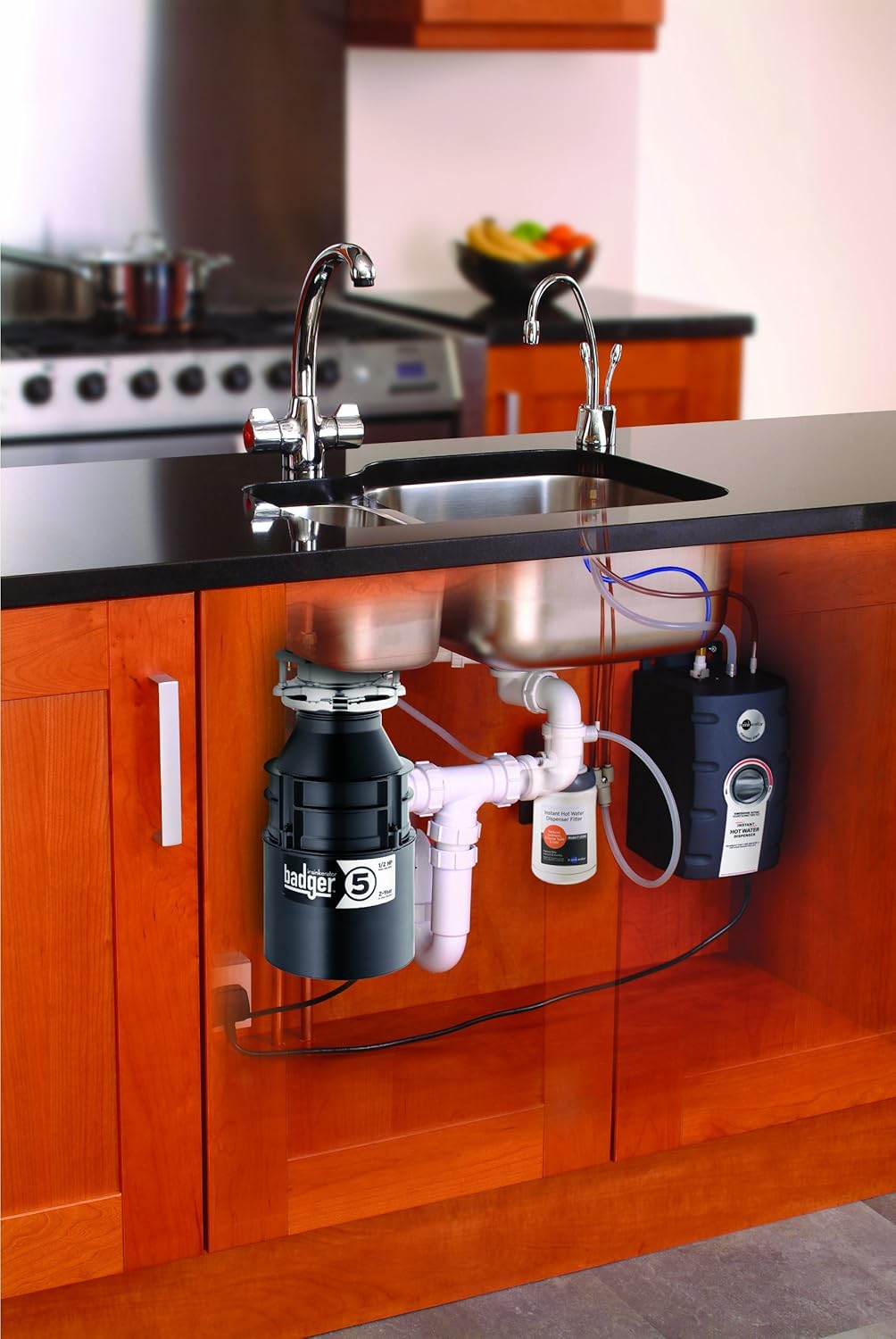




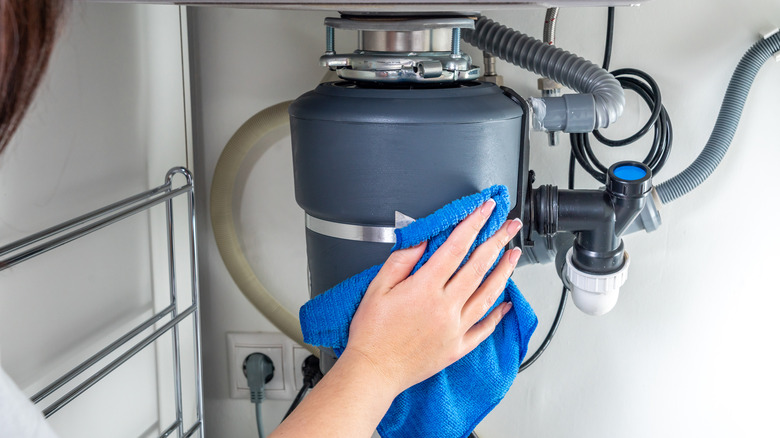

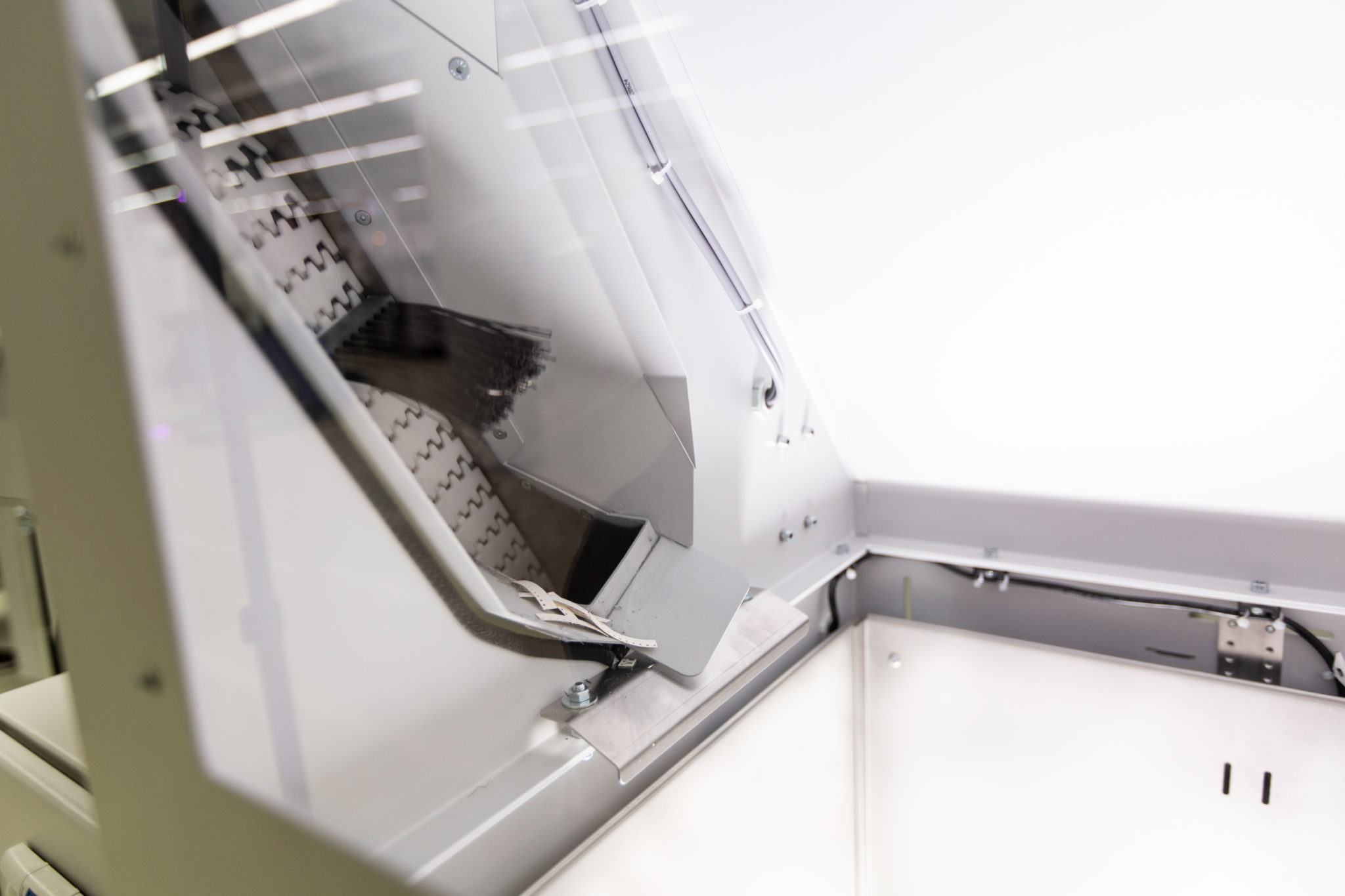

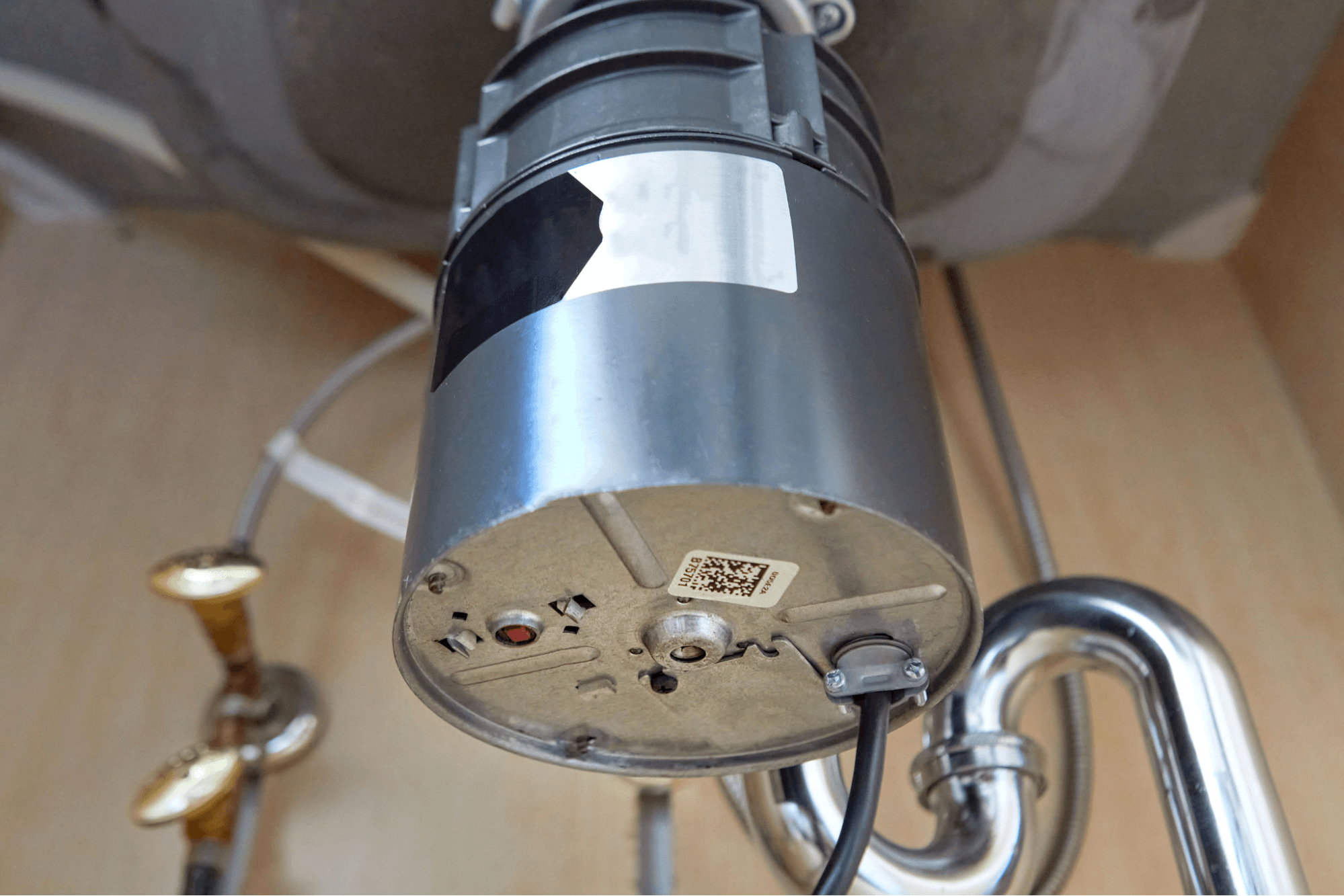


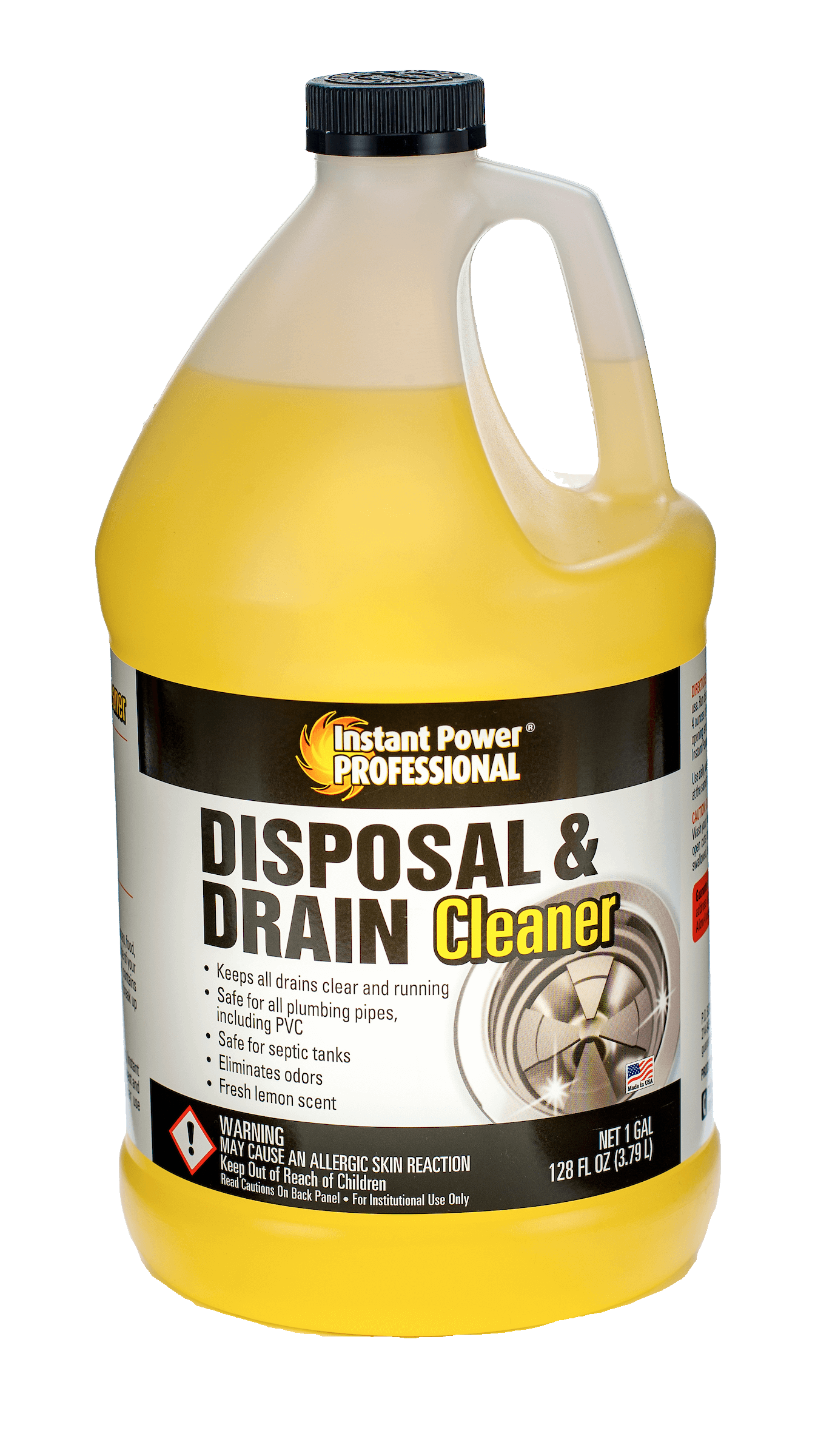

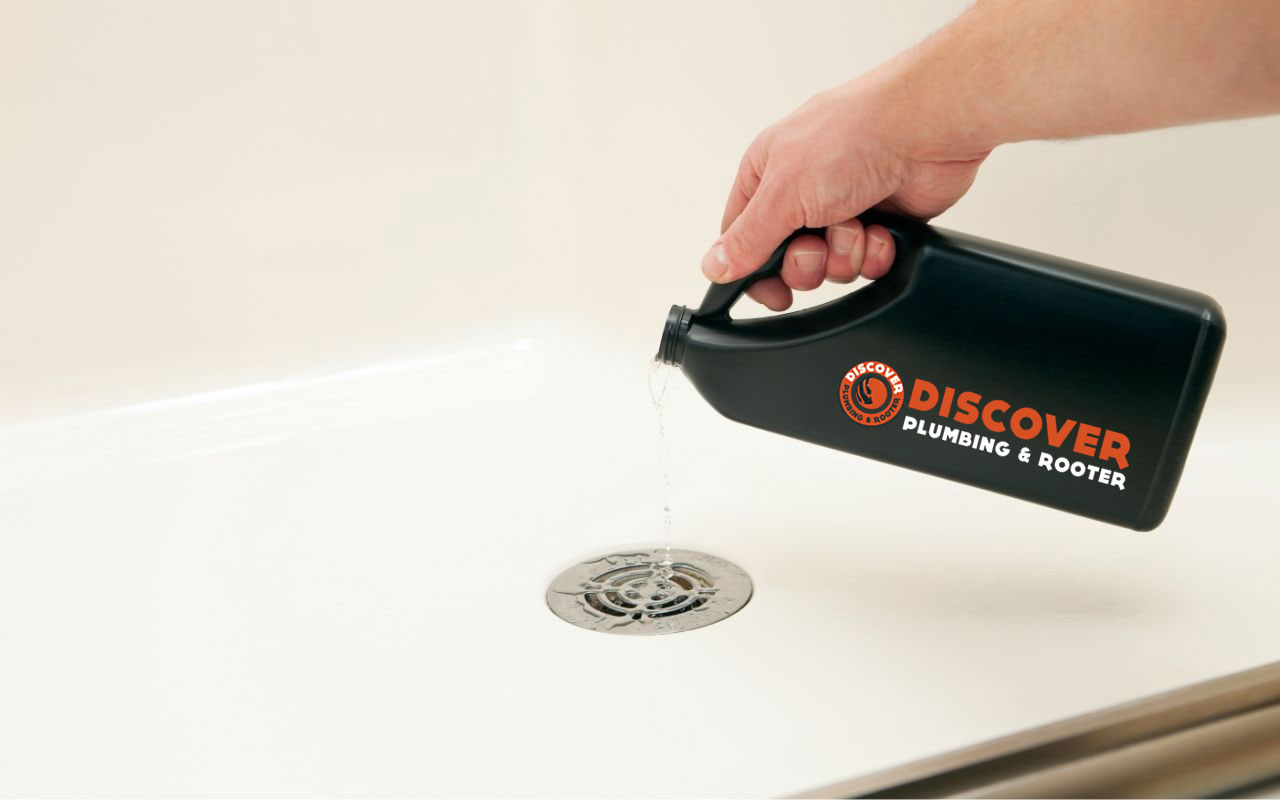
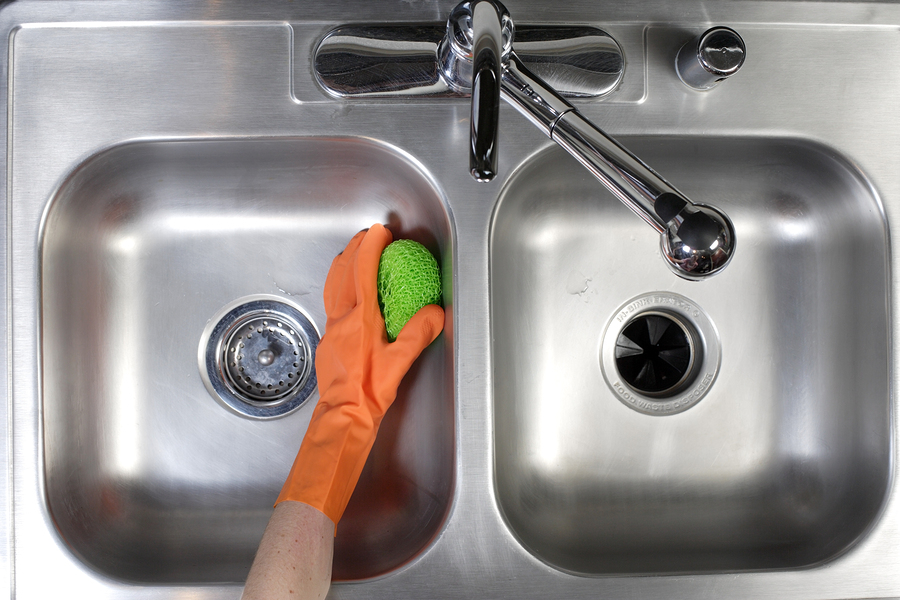


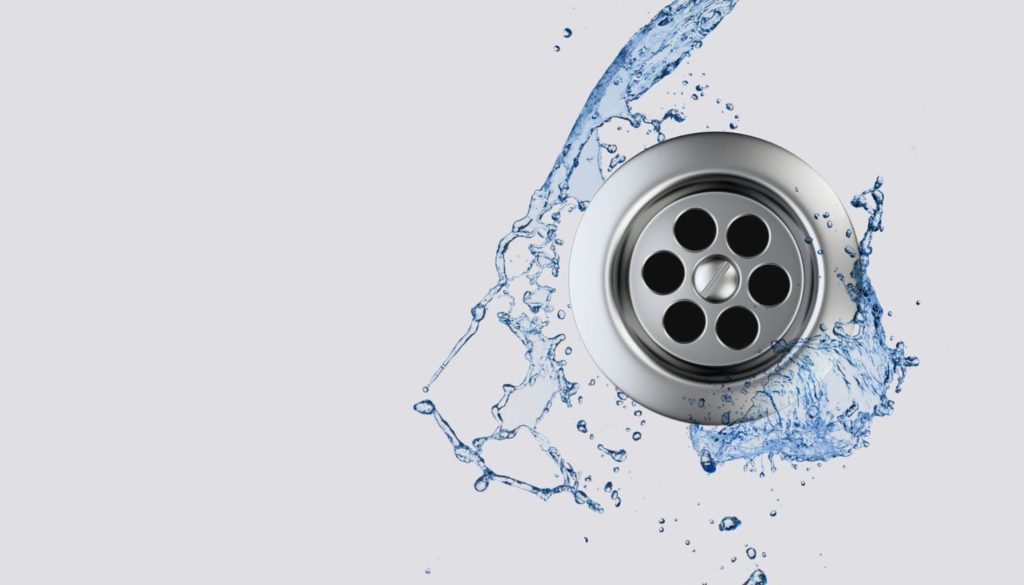

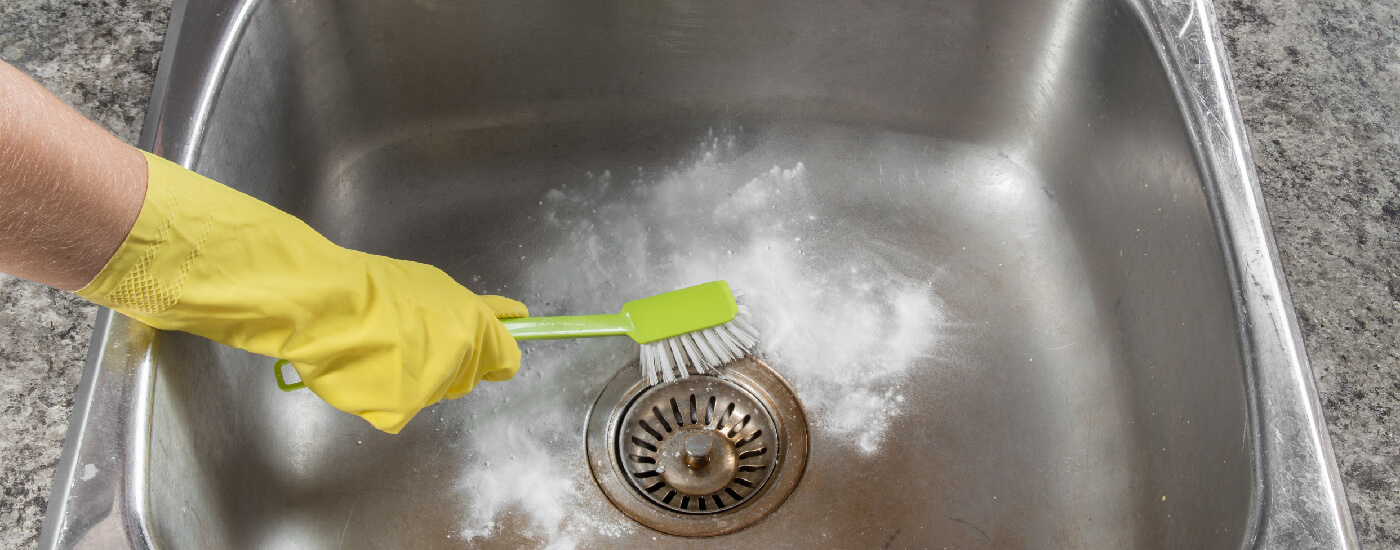
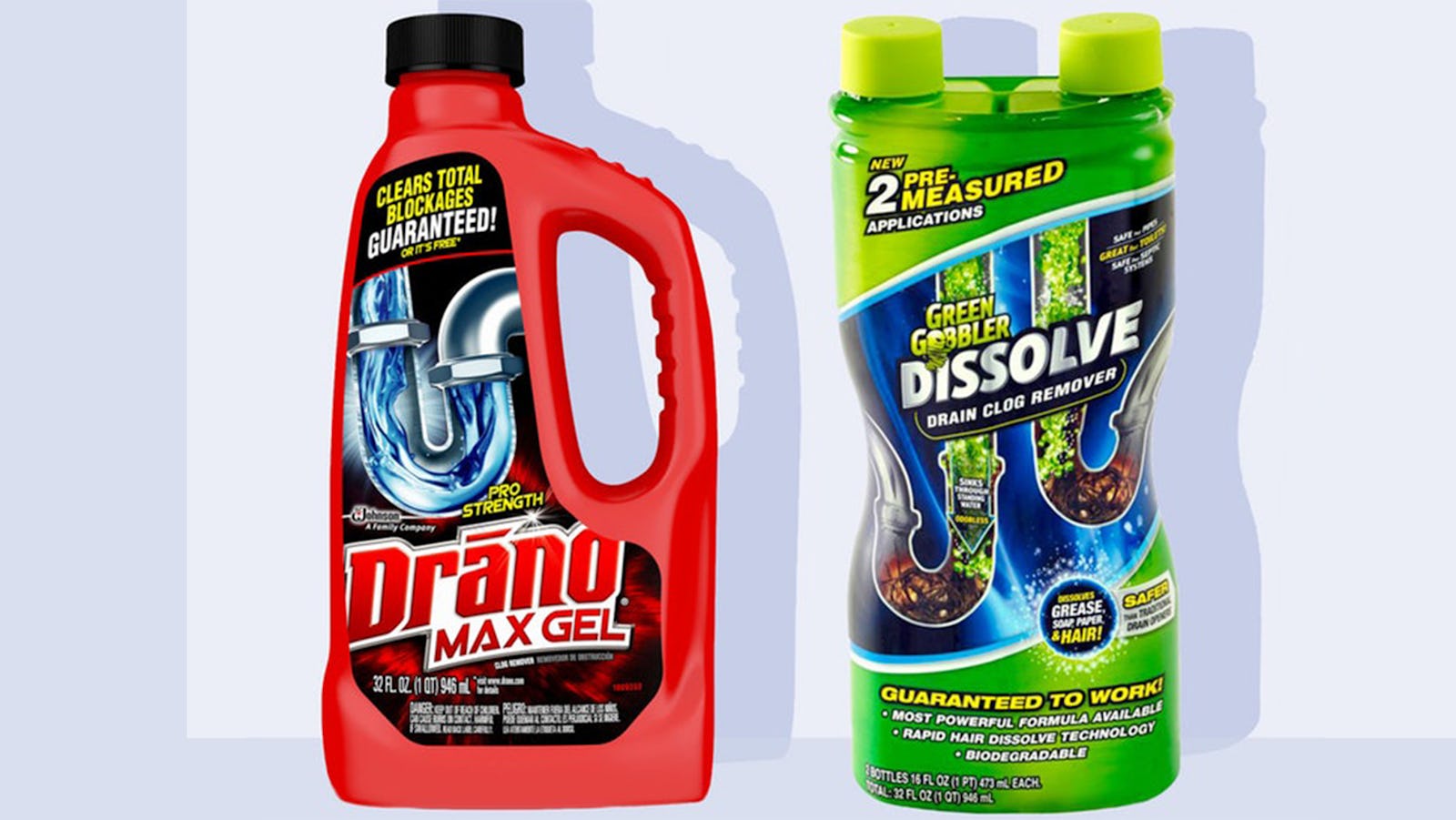
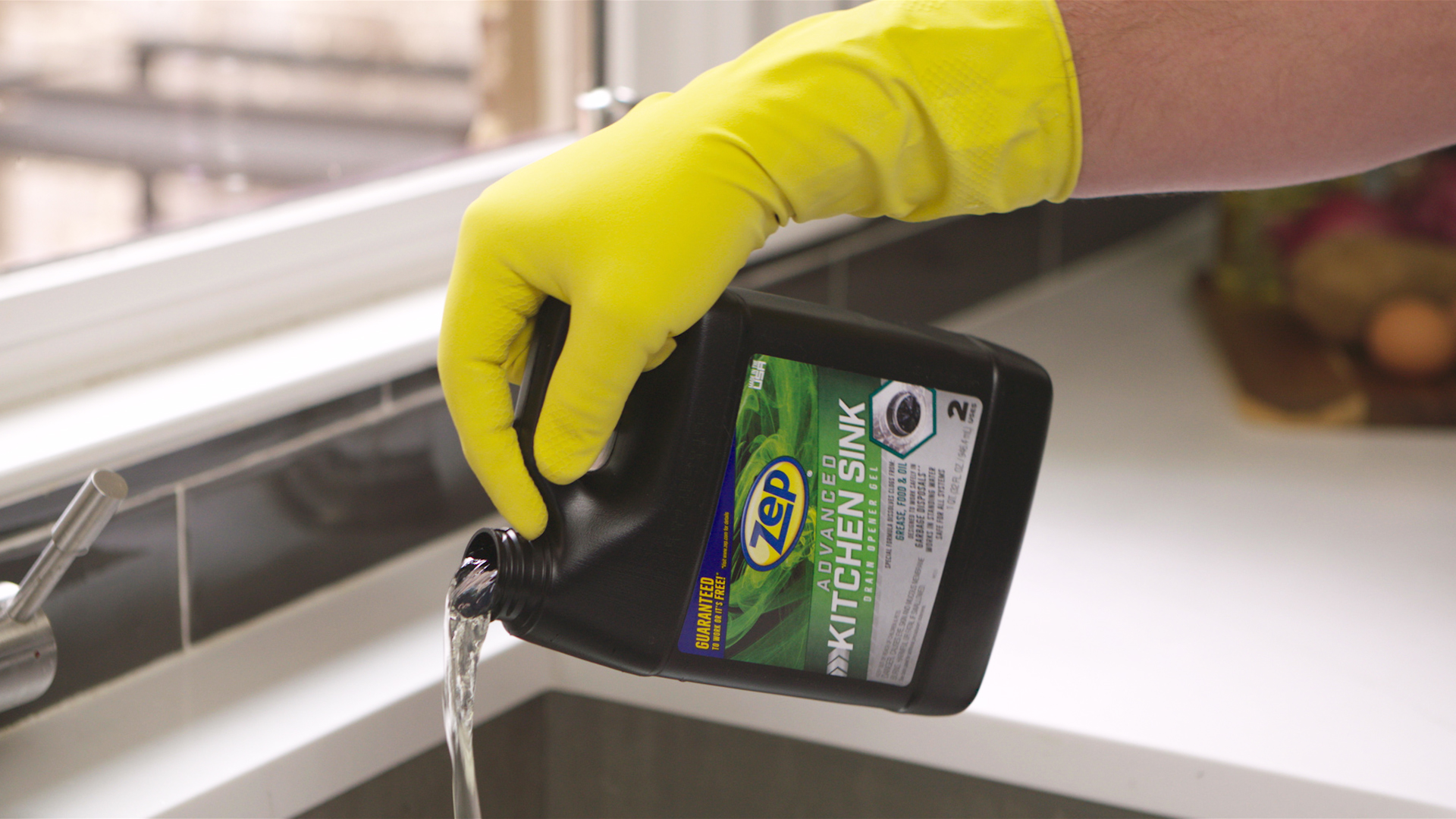



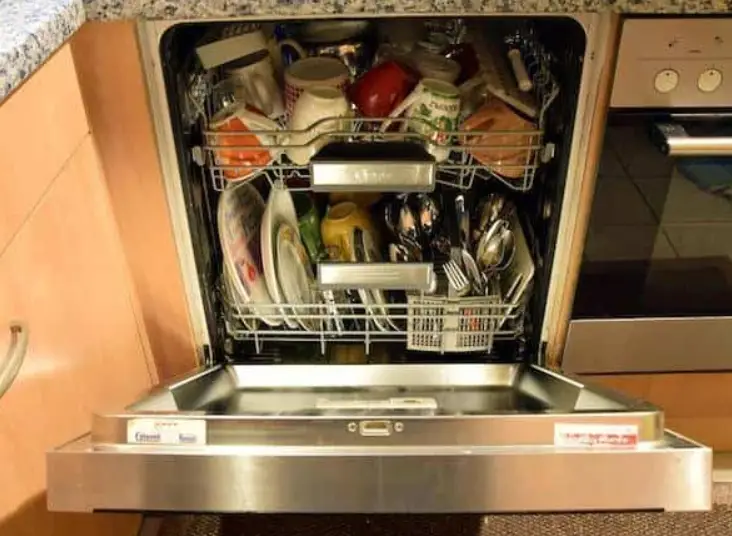


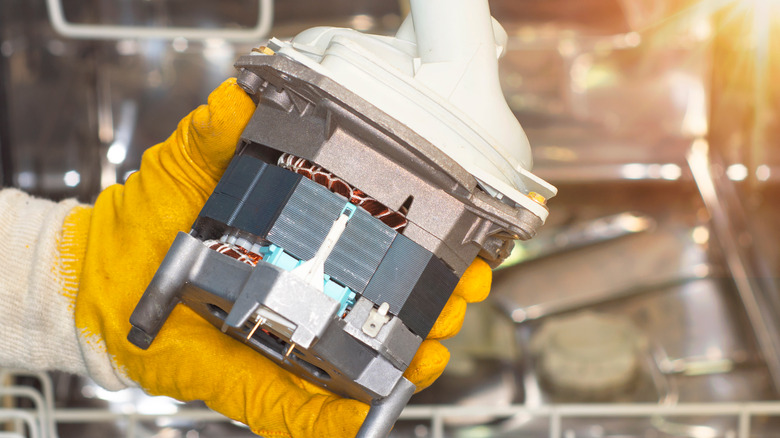










:max_bytes(150000):strip_icc()/toilette-plunger--92314164-873564a34a3441058f00a8d6fc1f0441.jpg)



